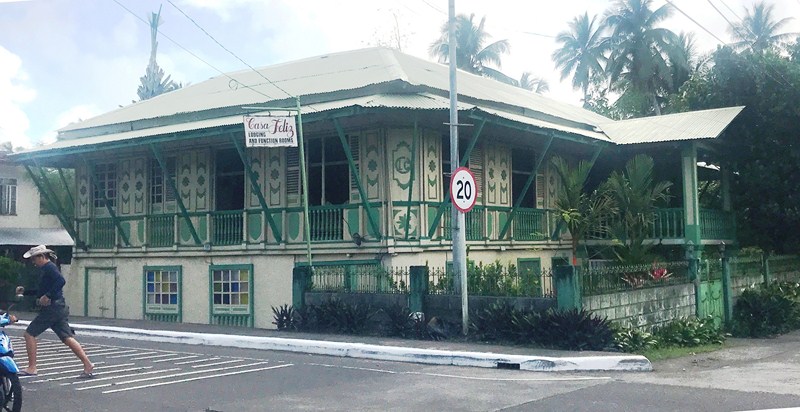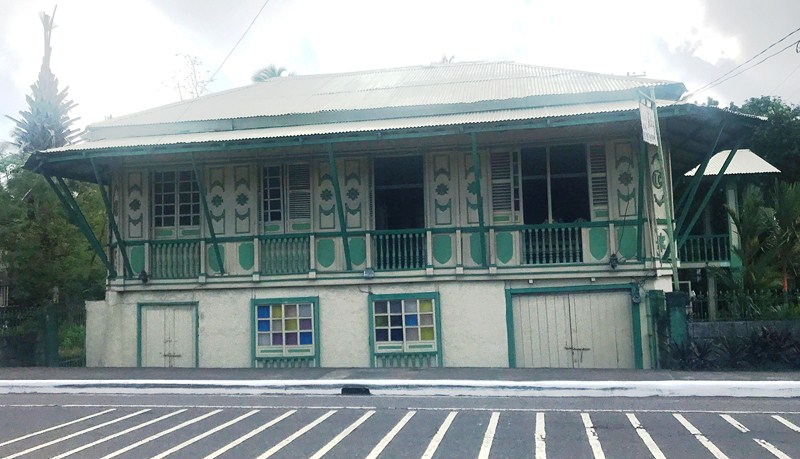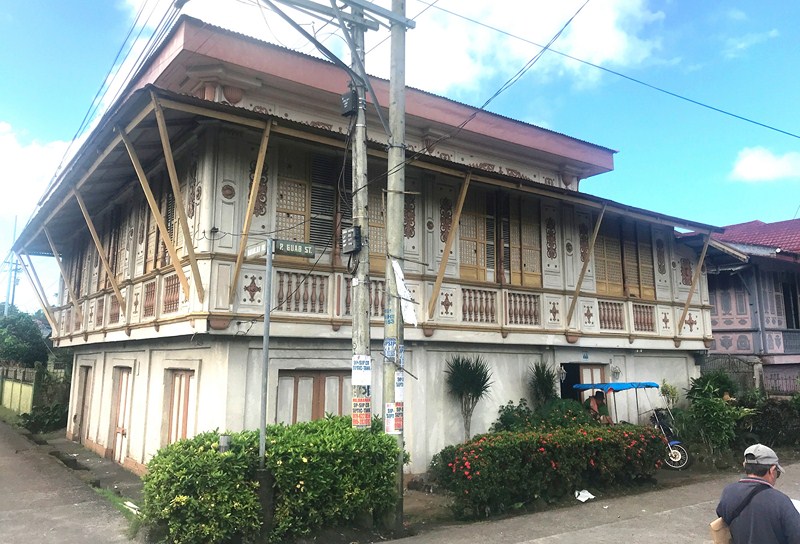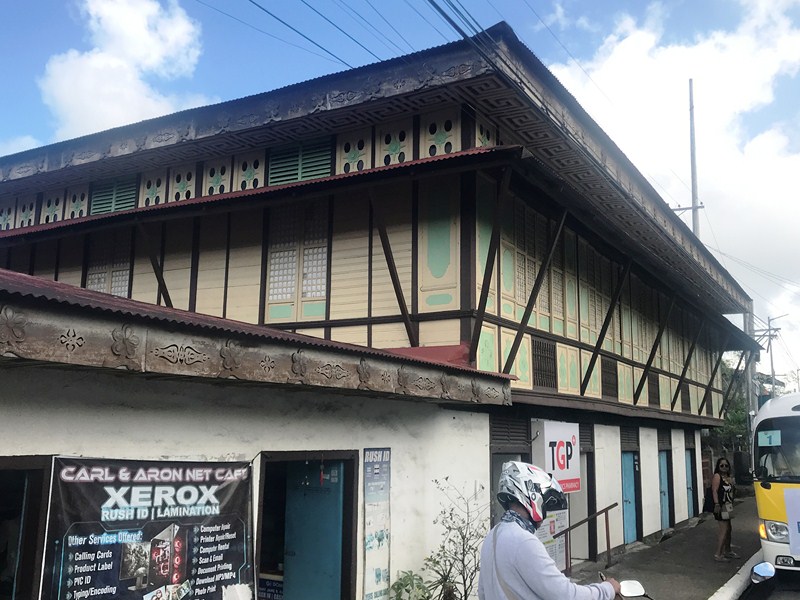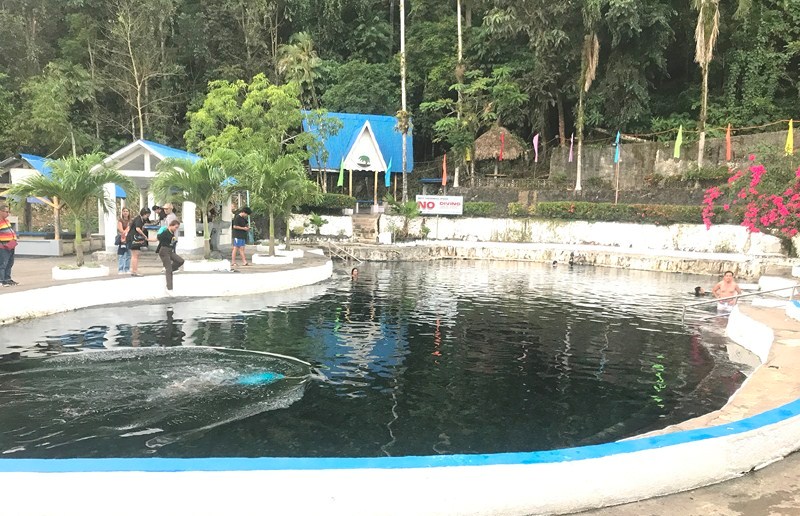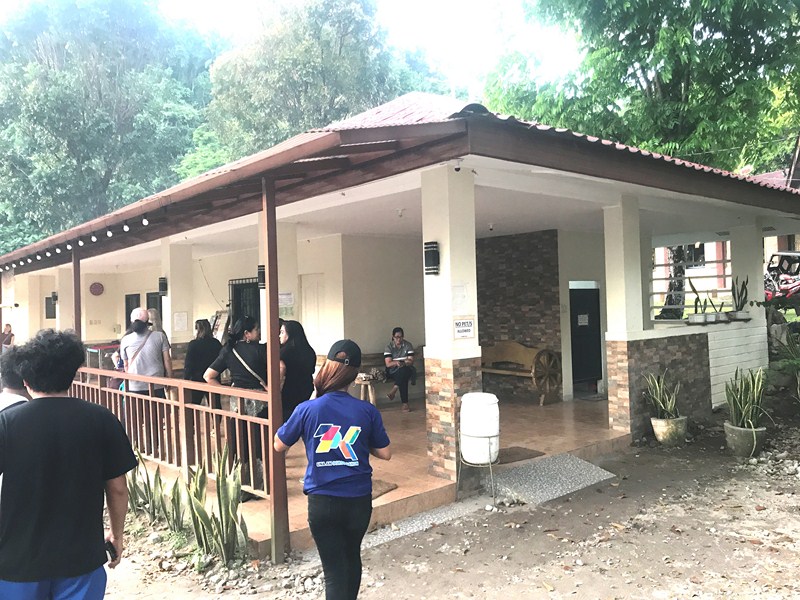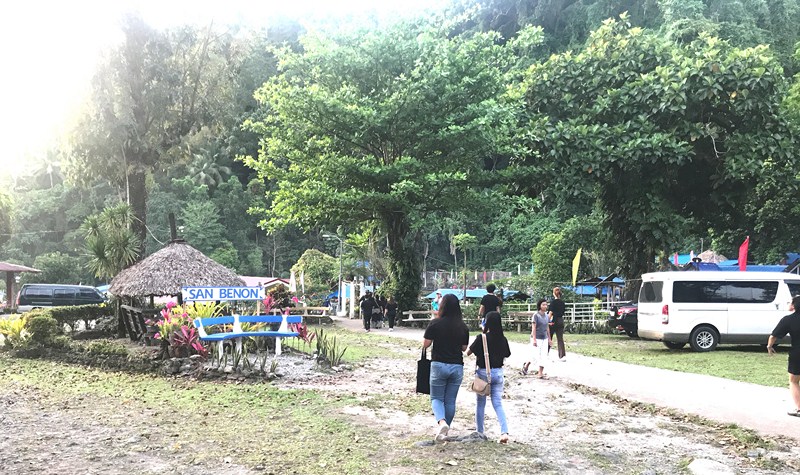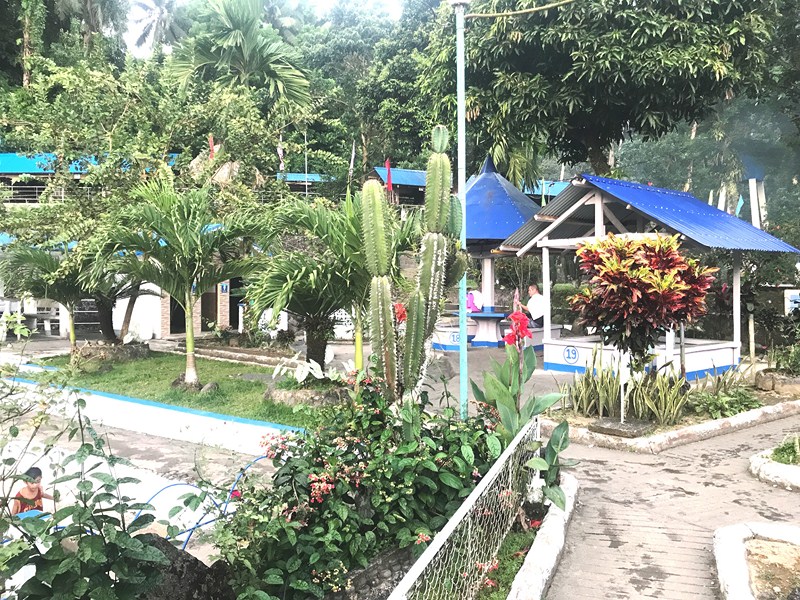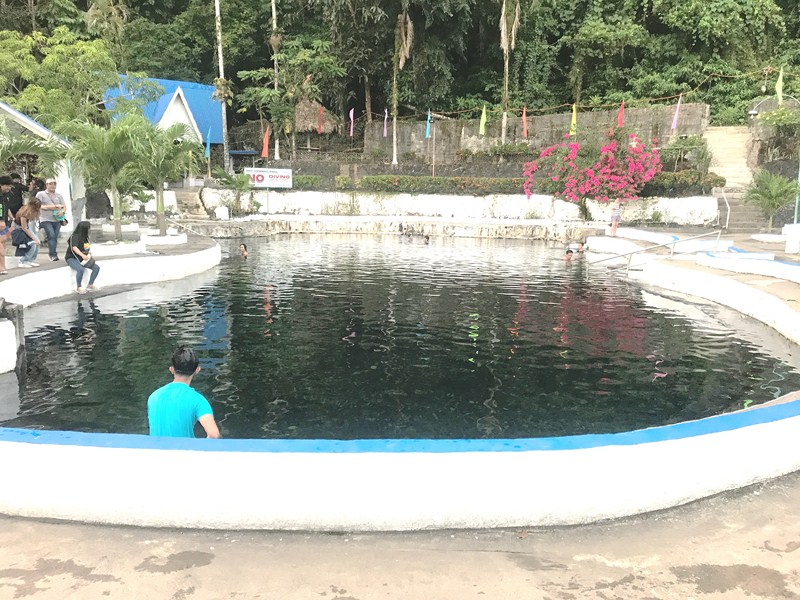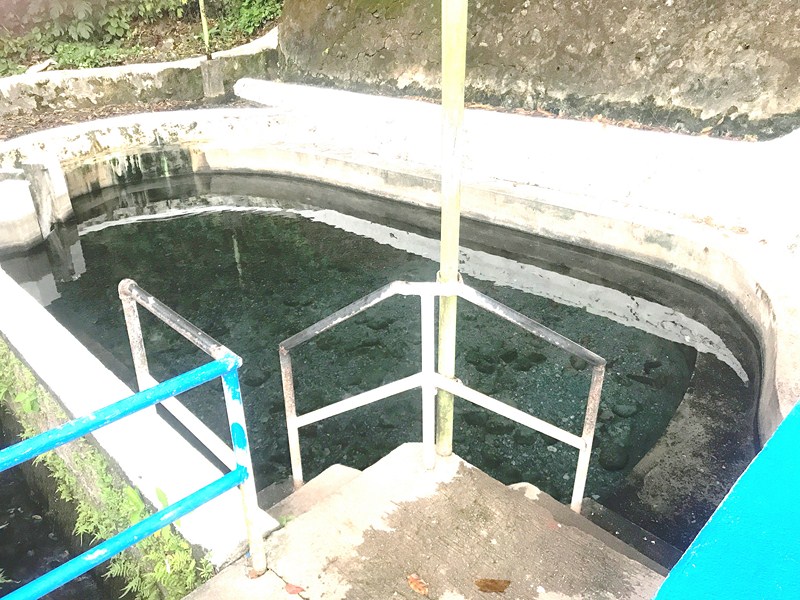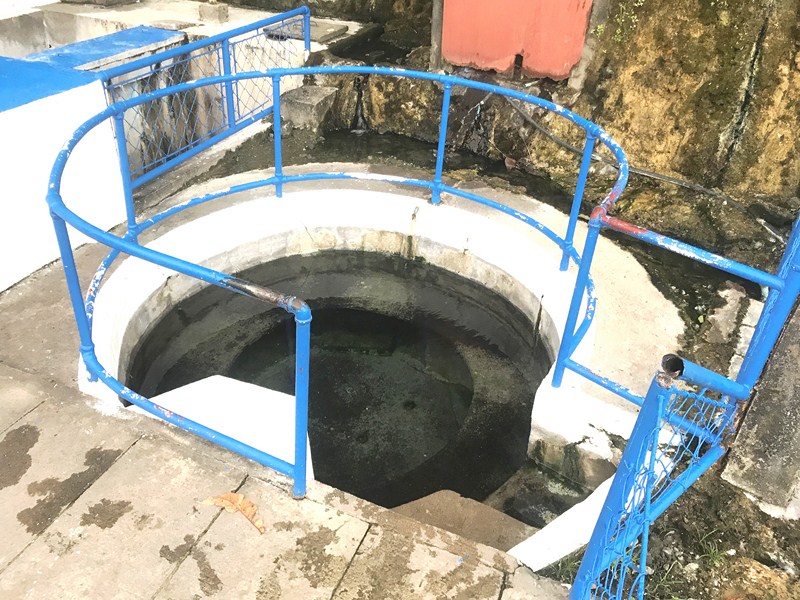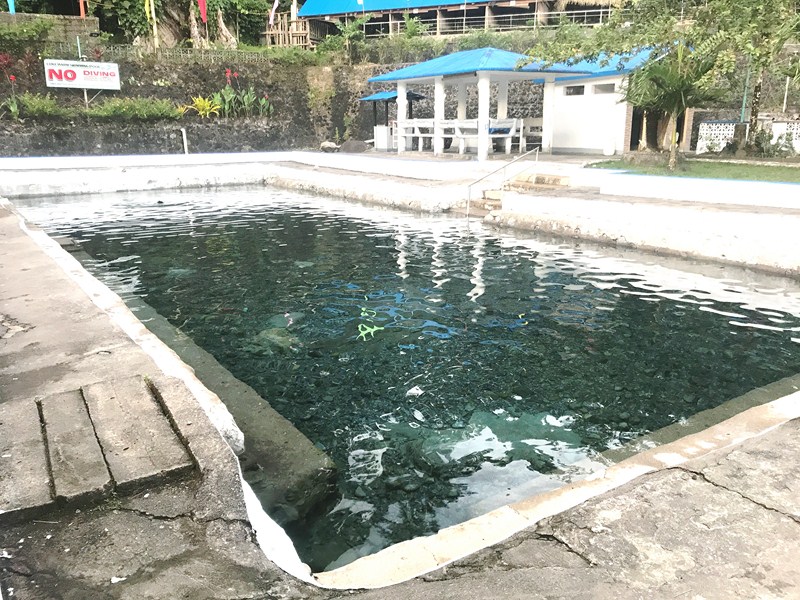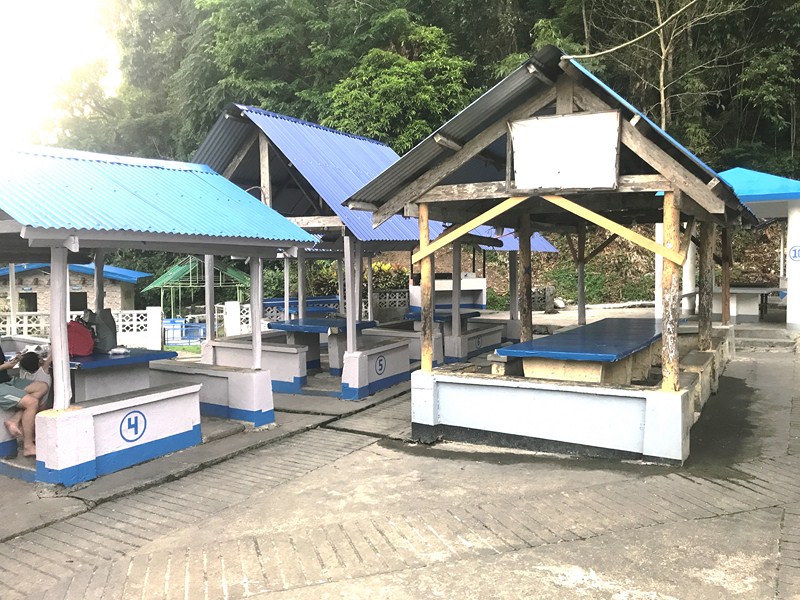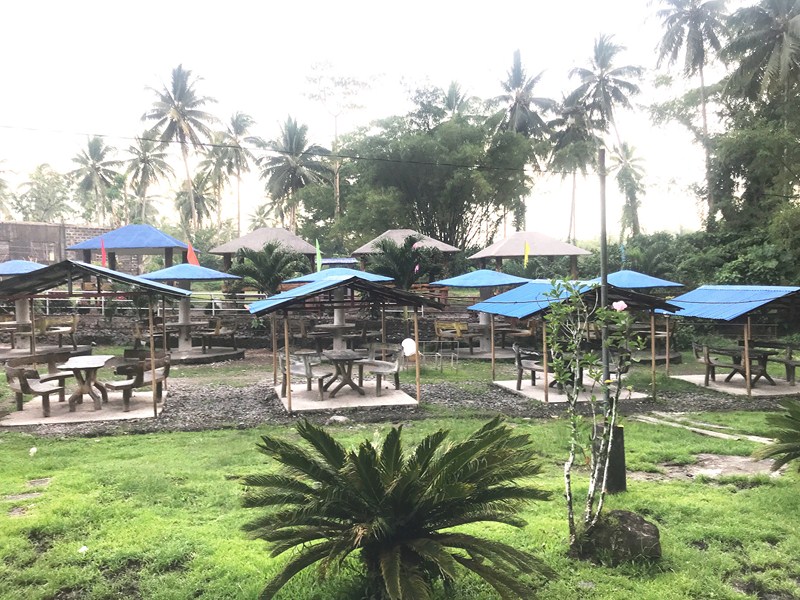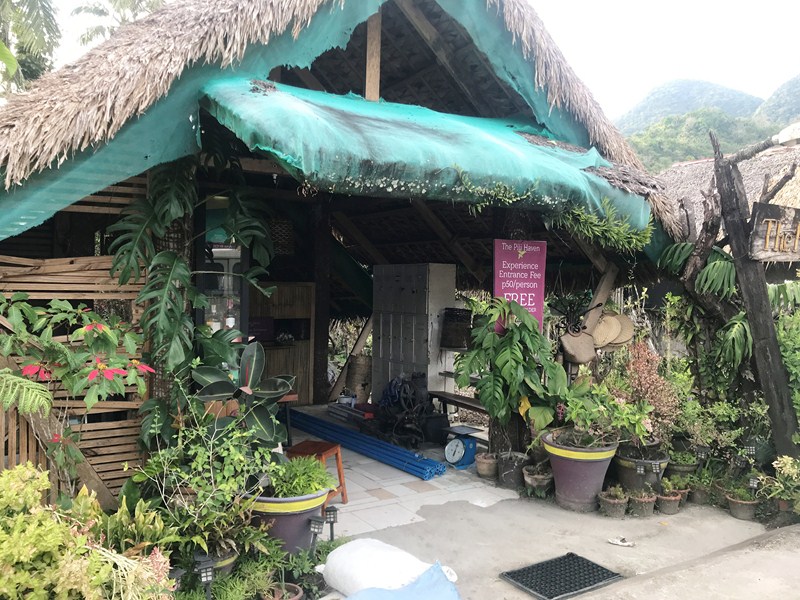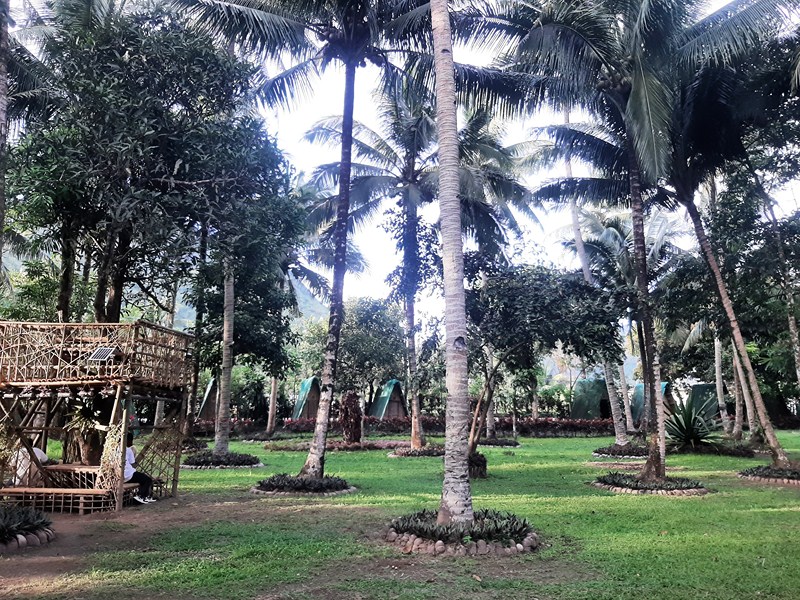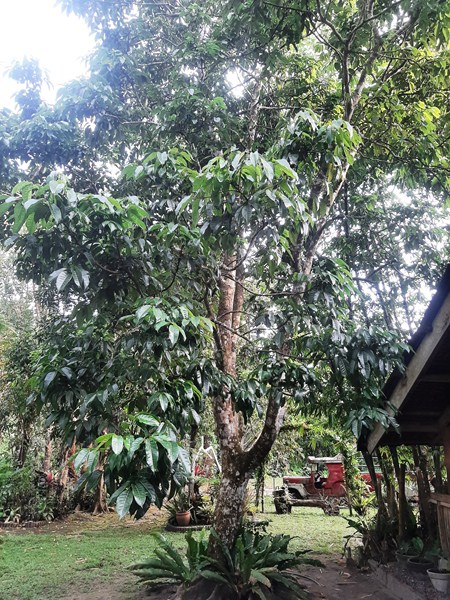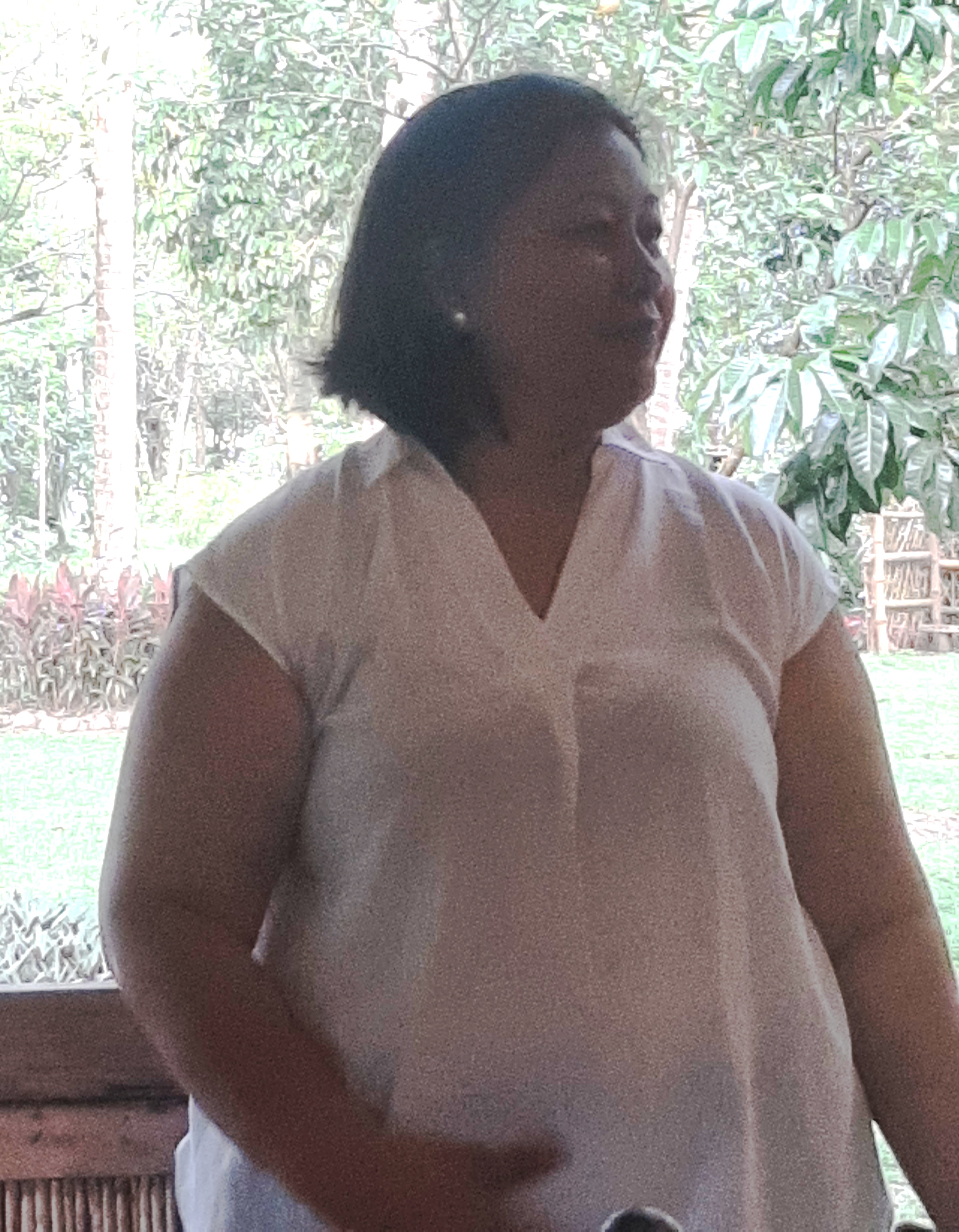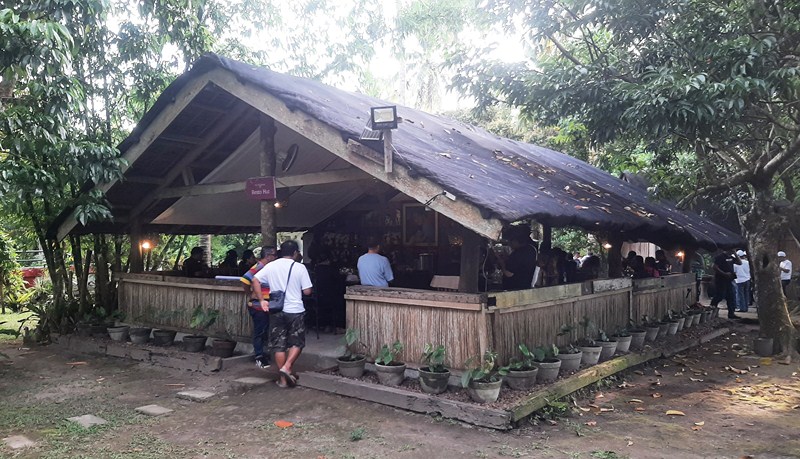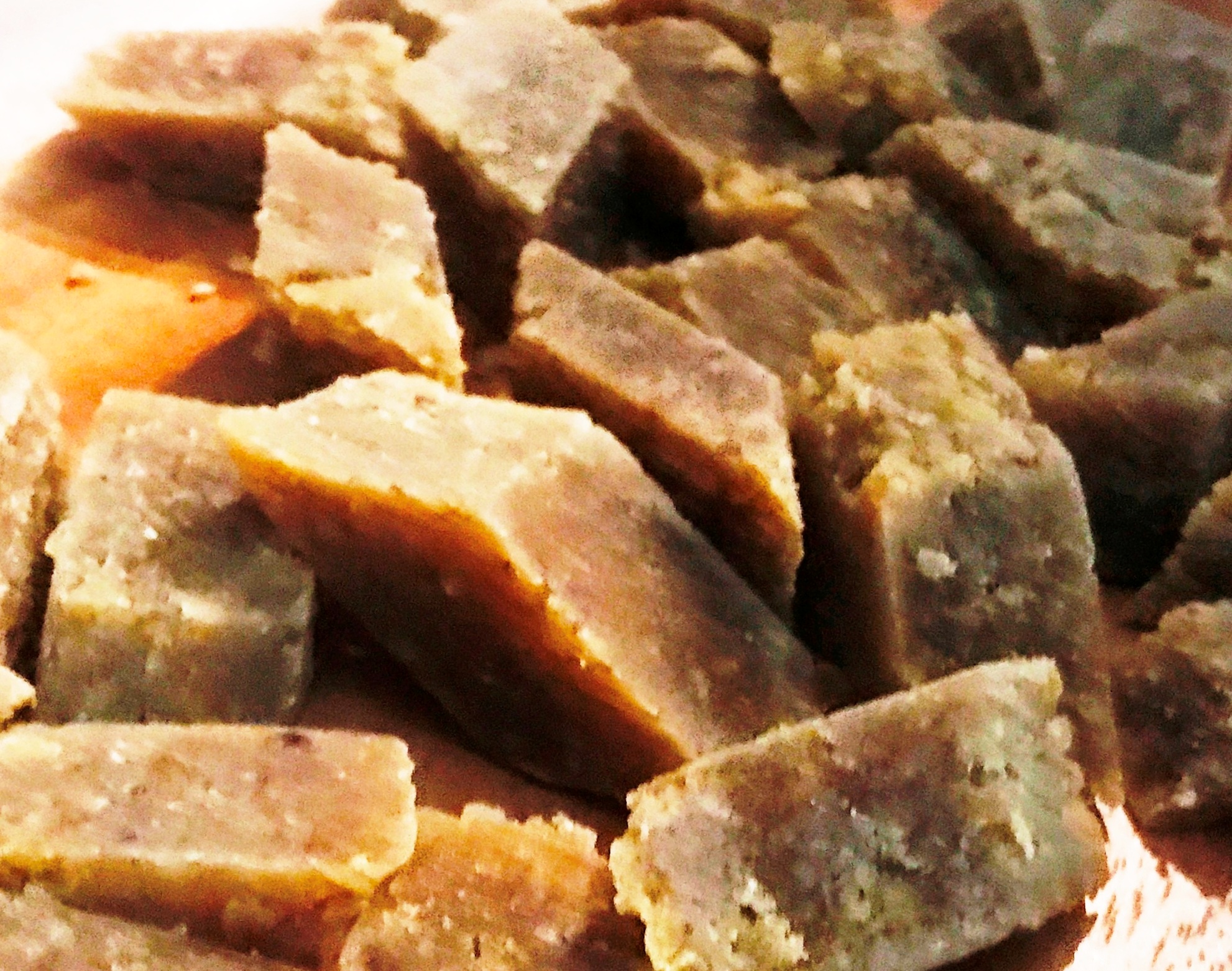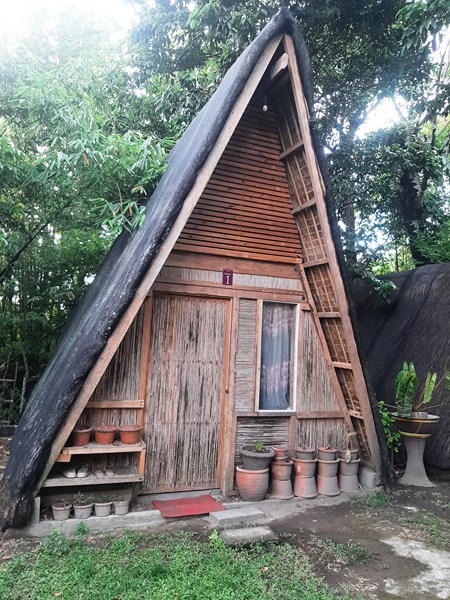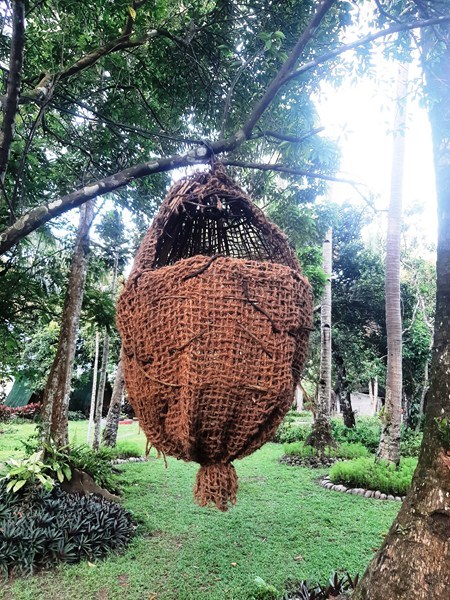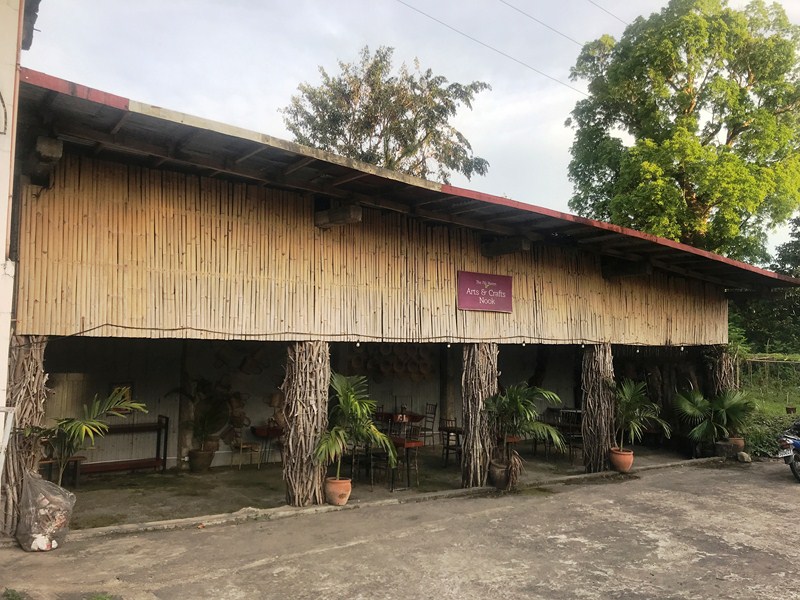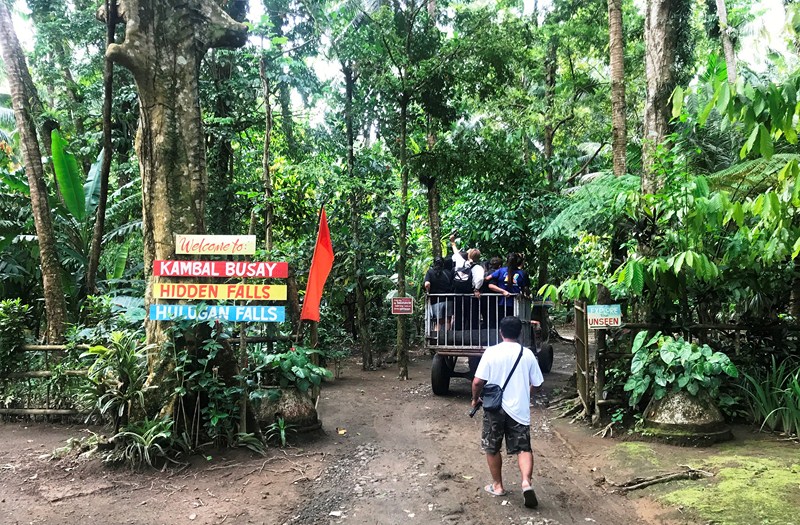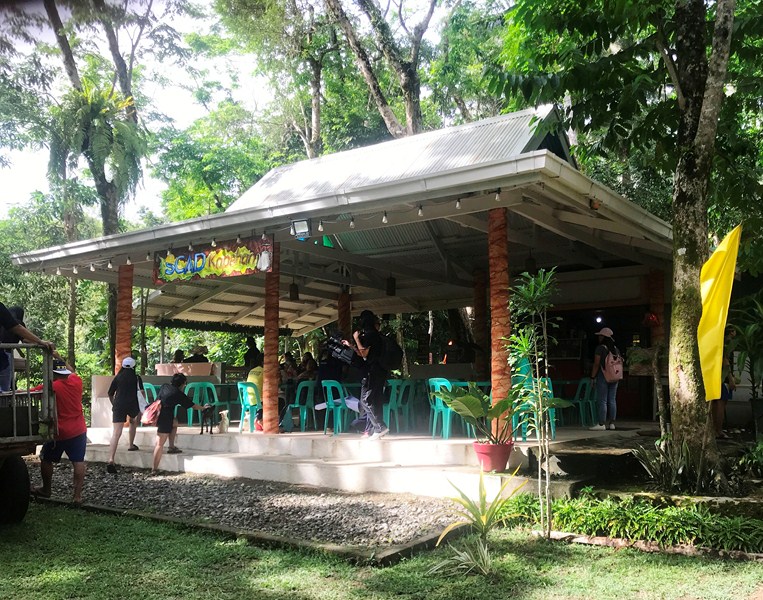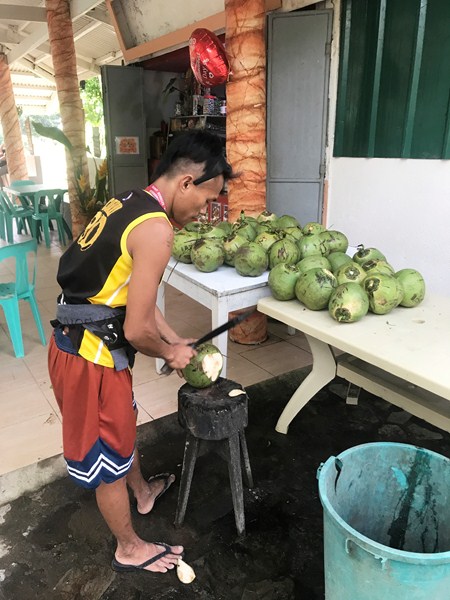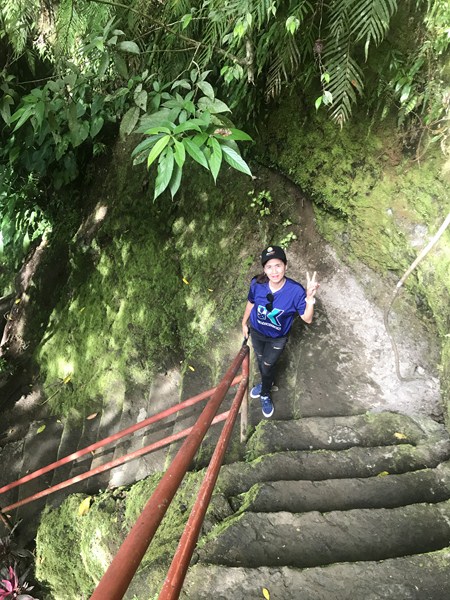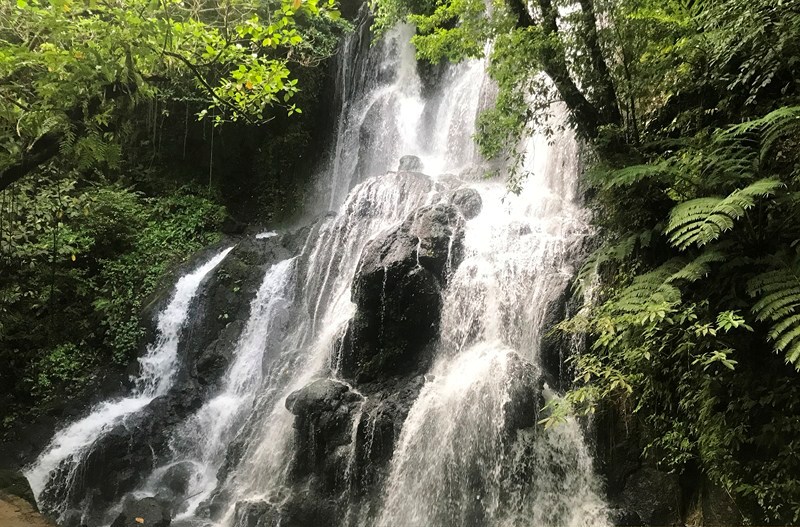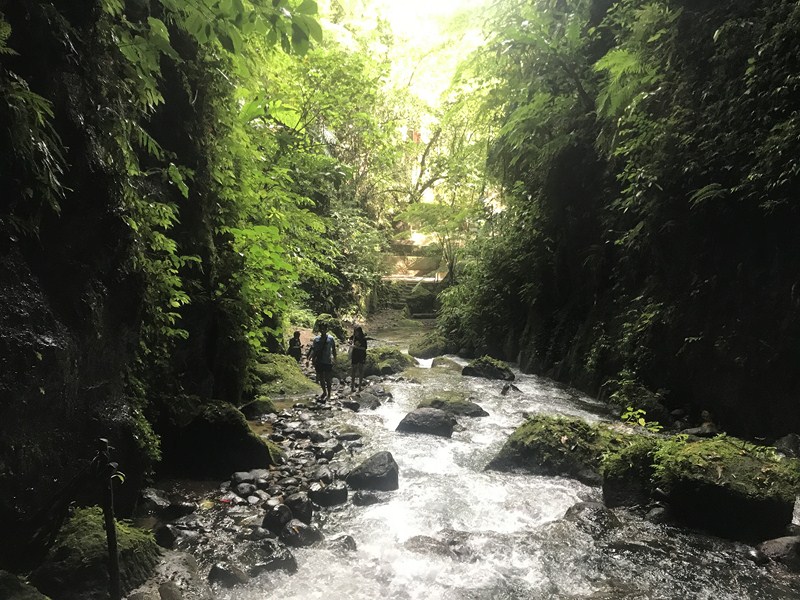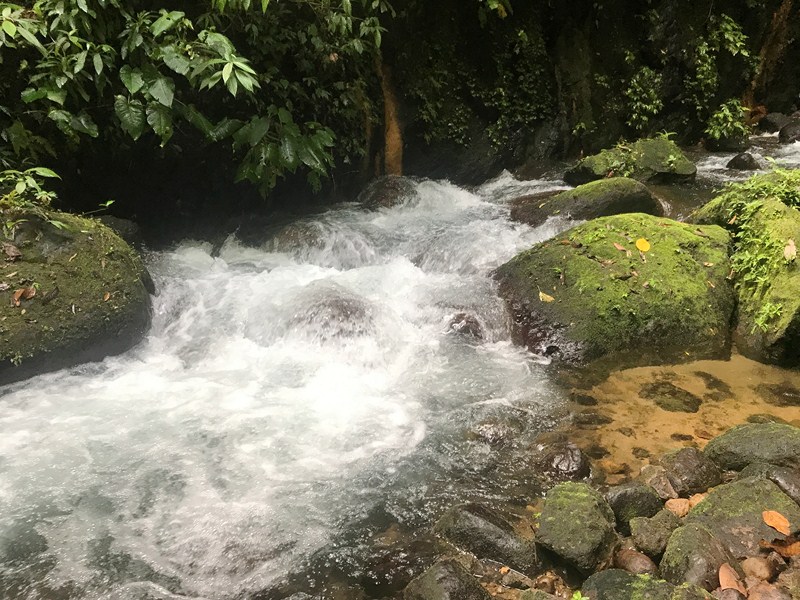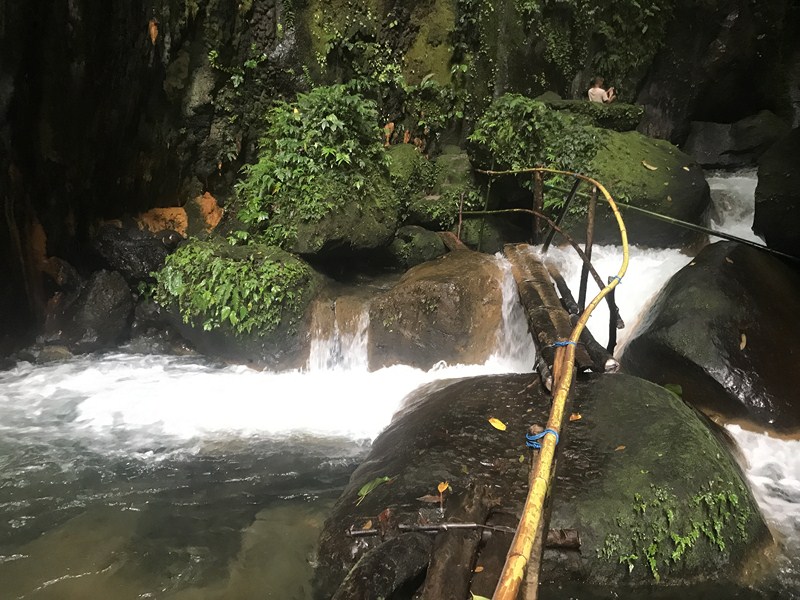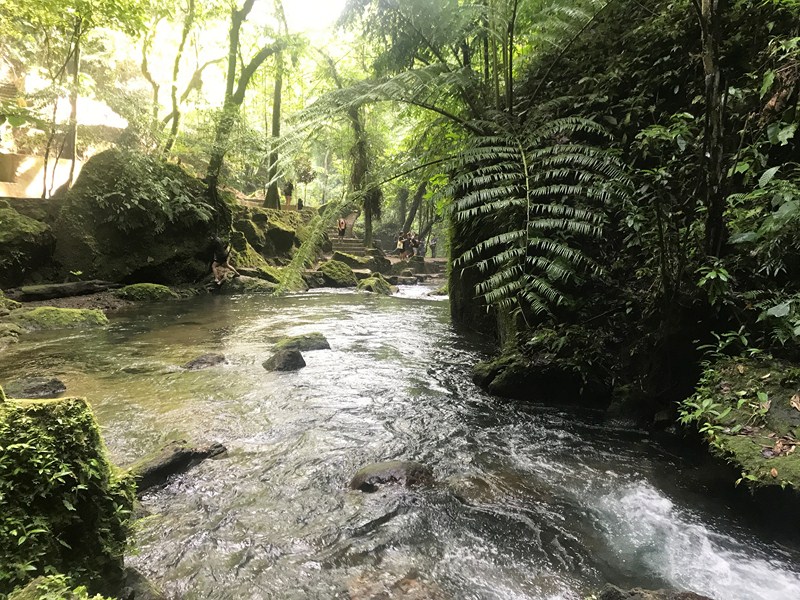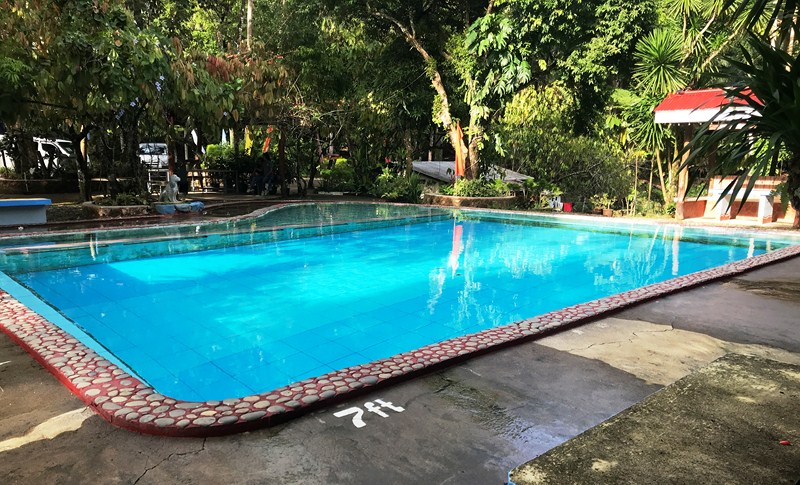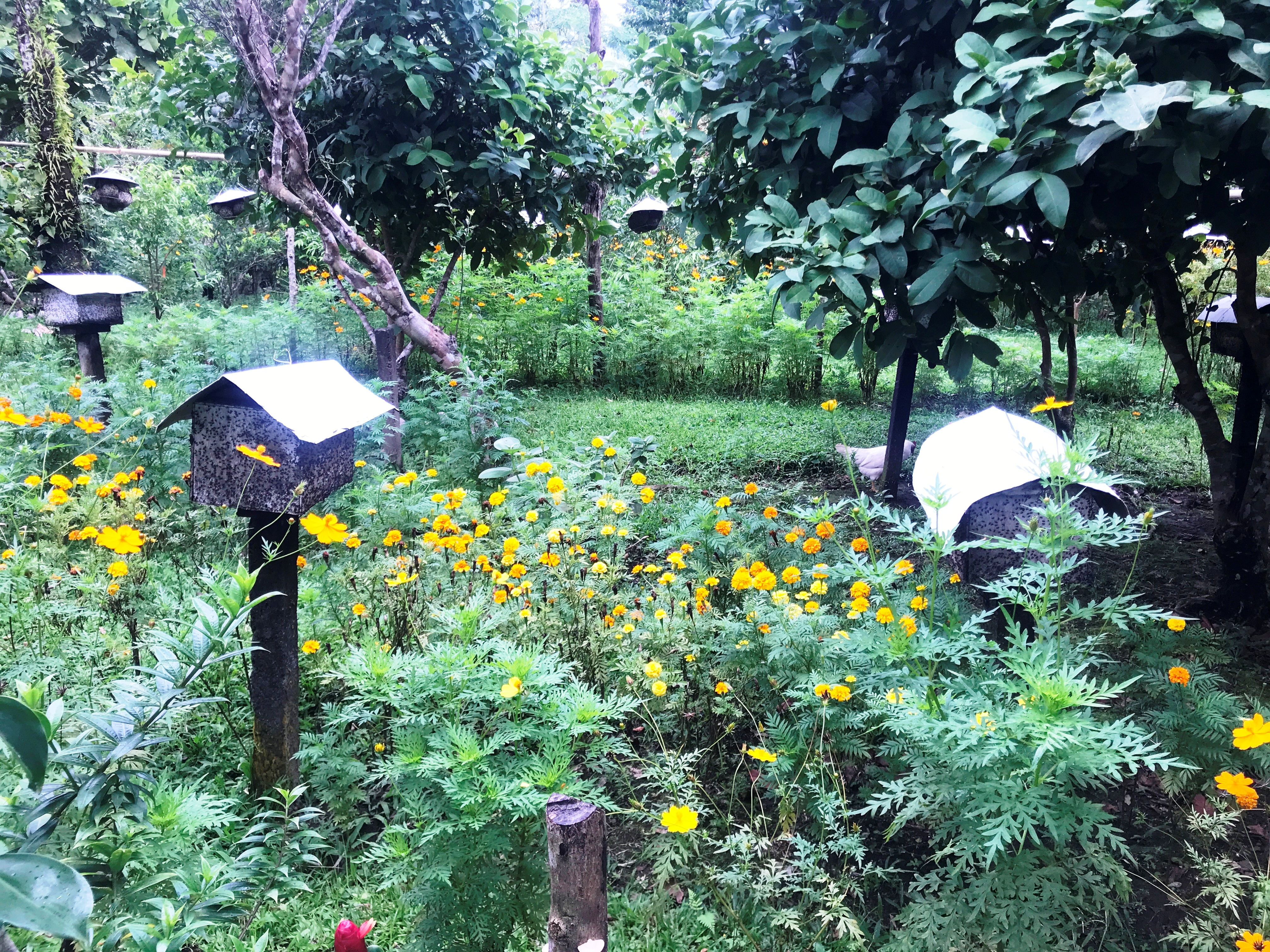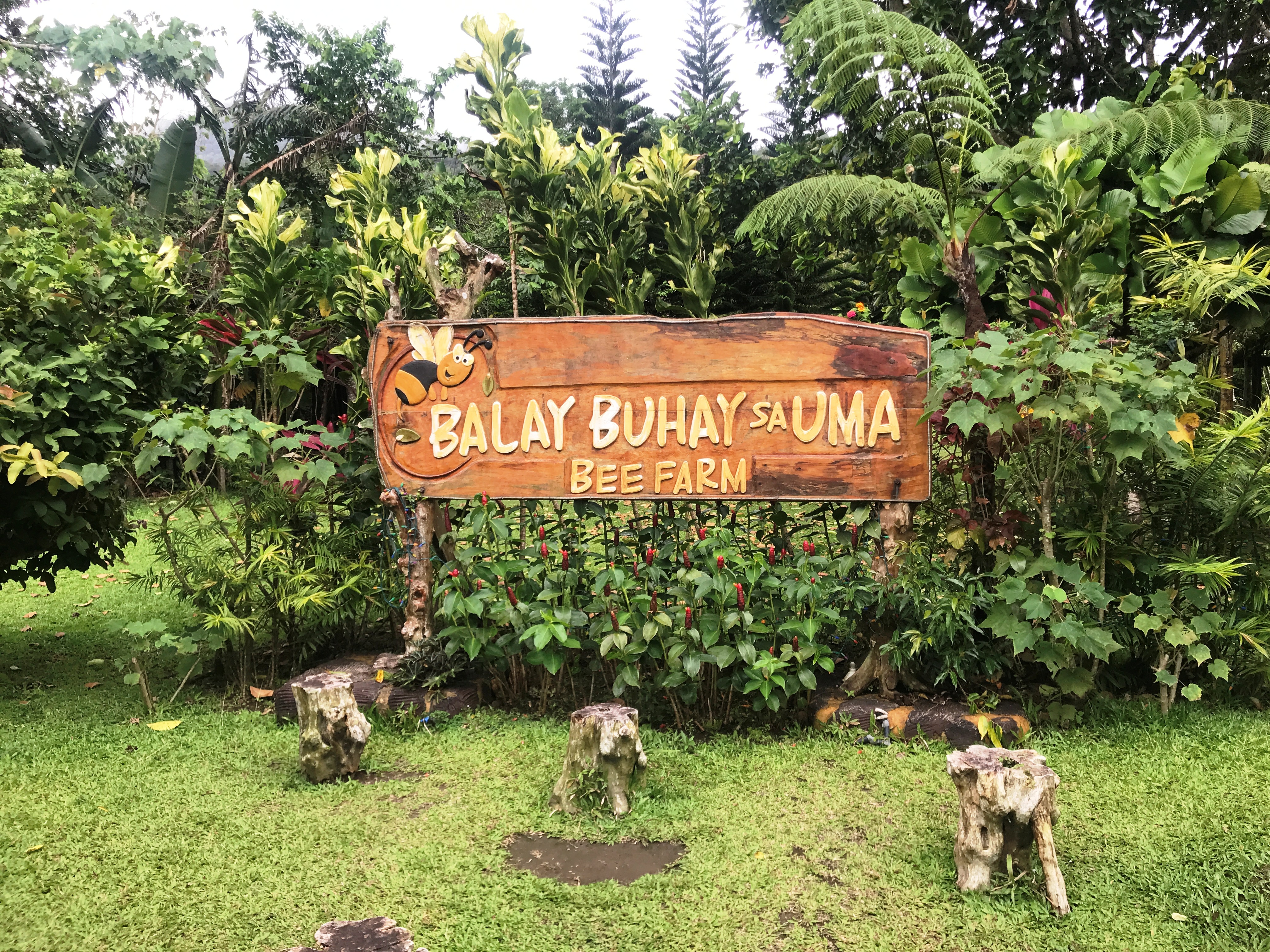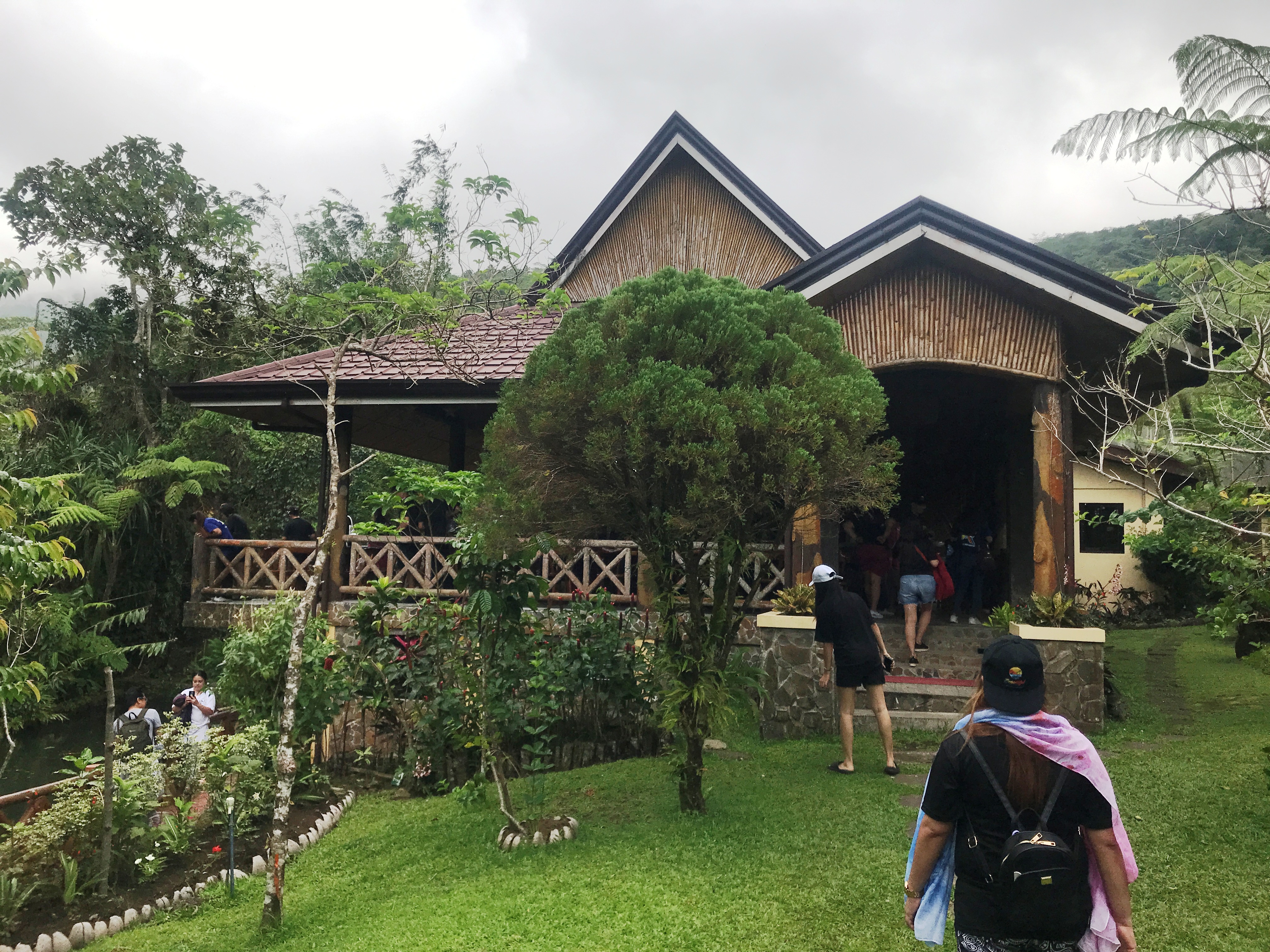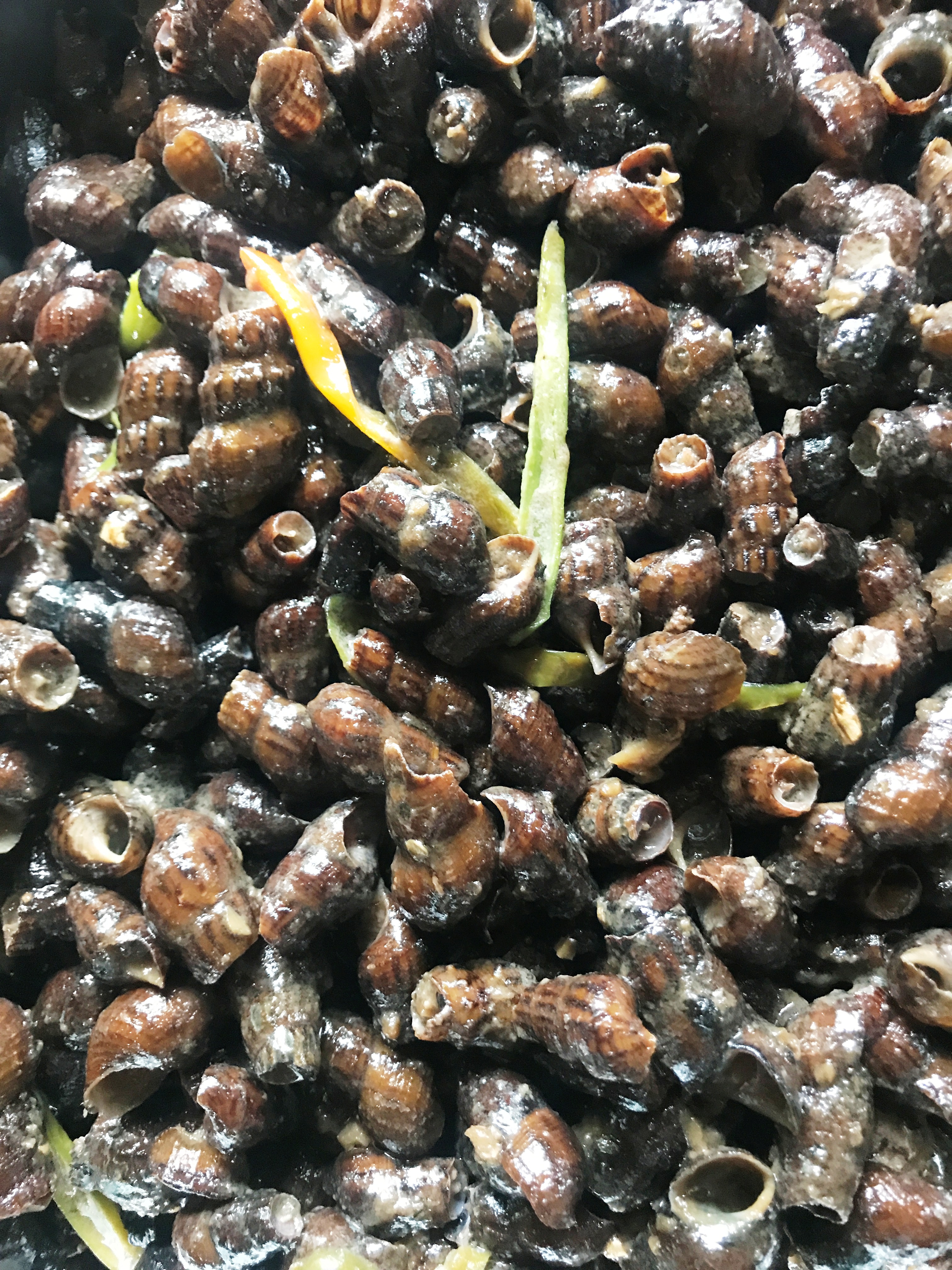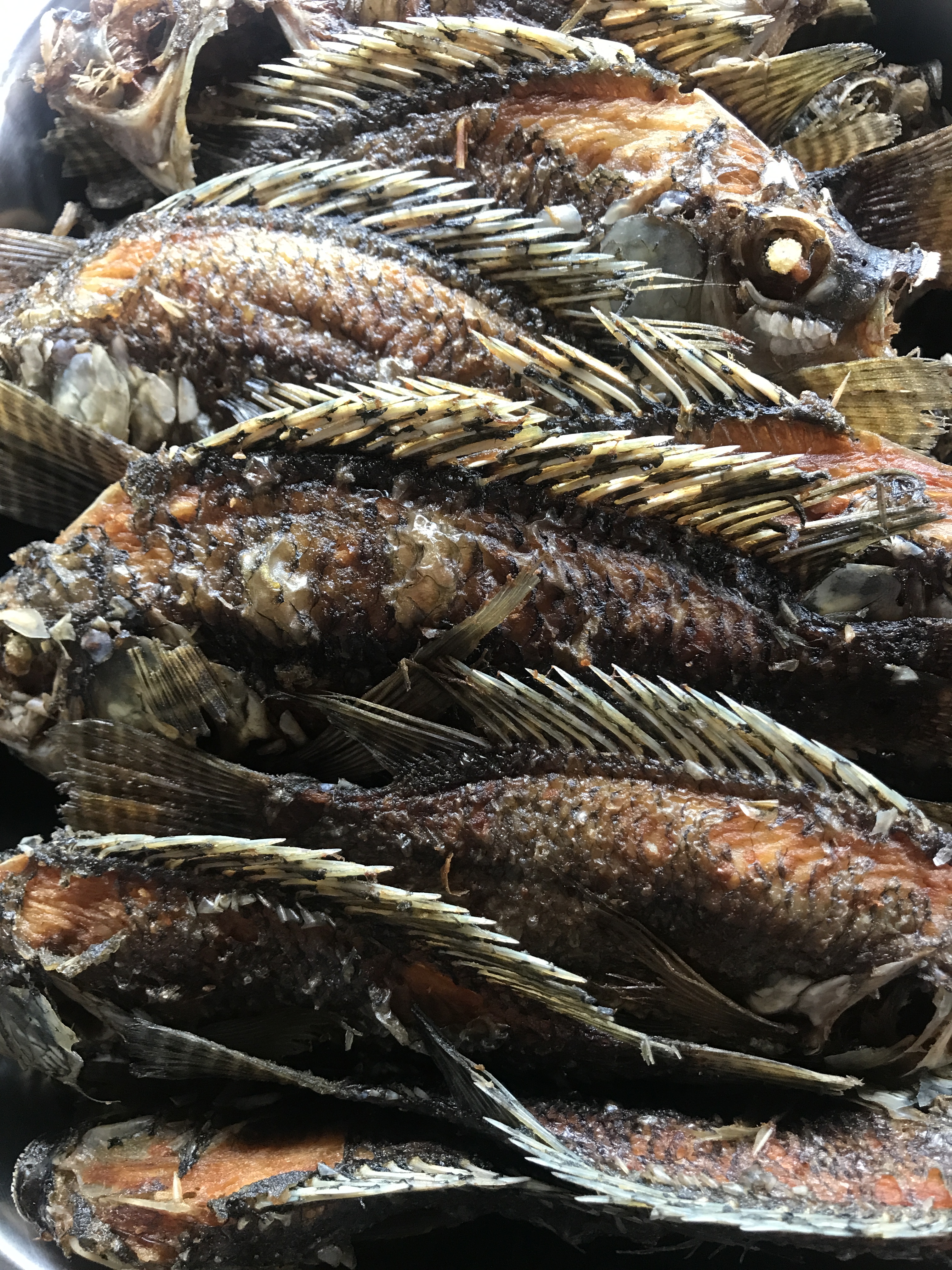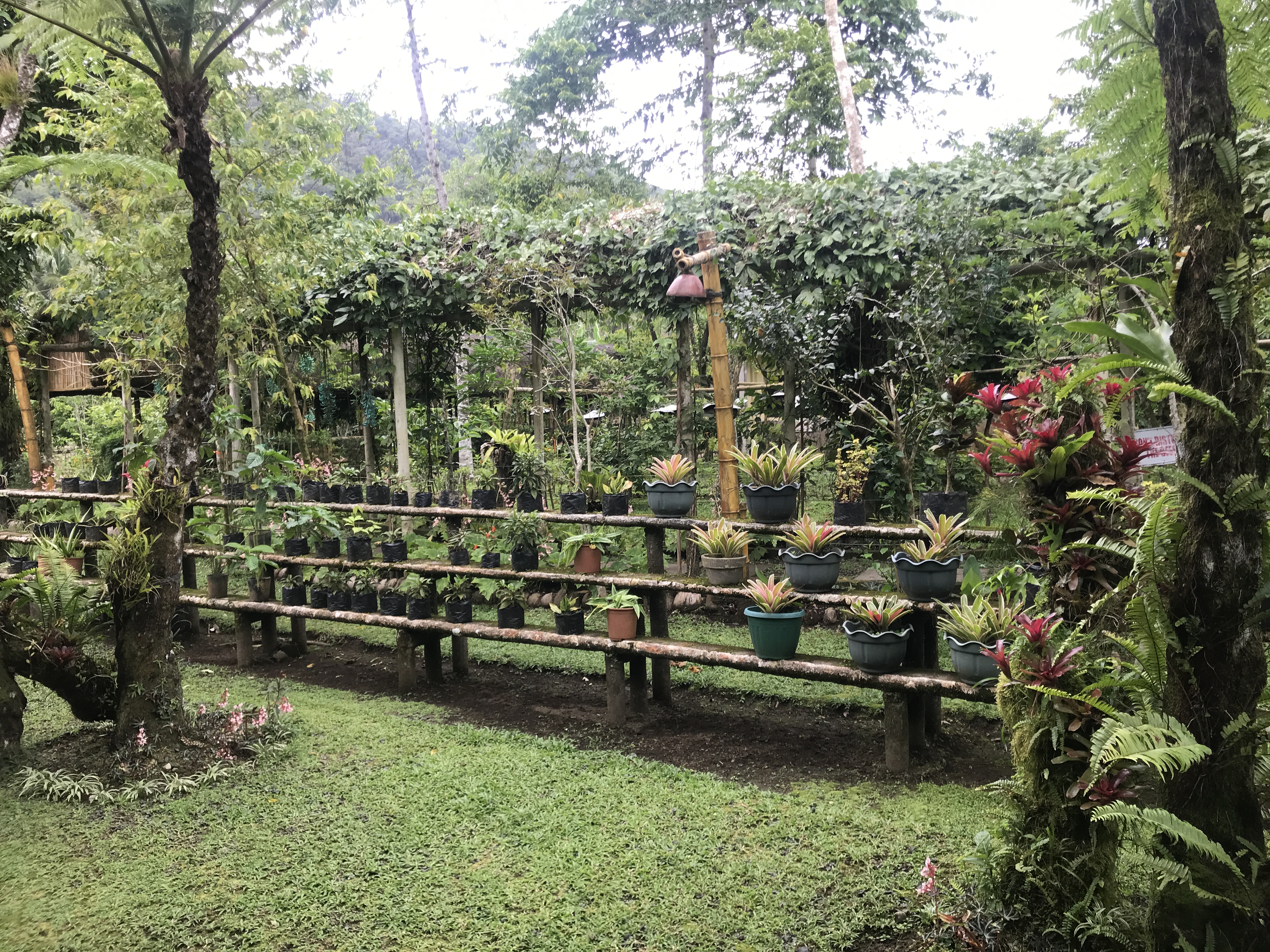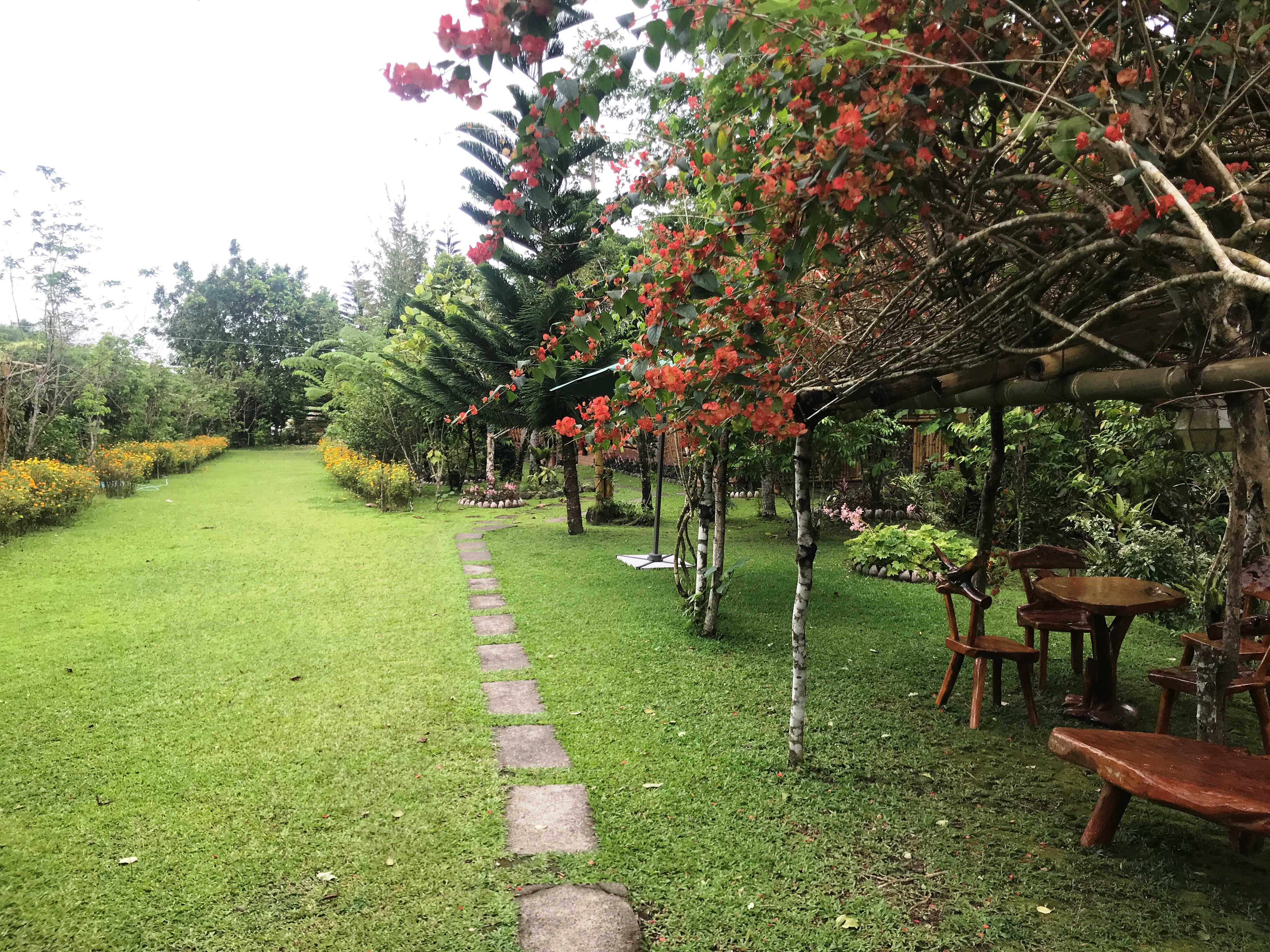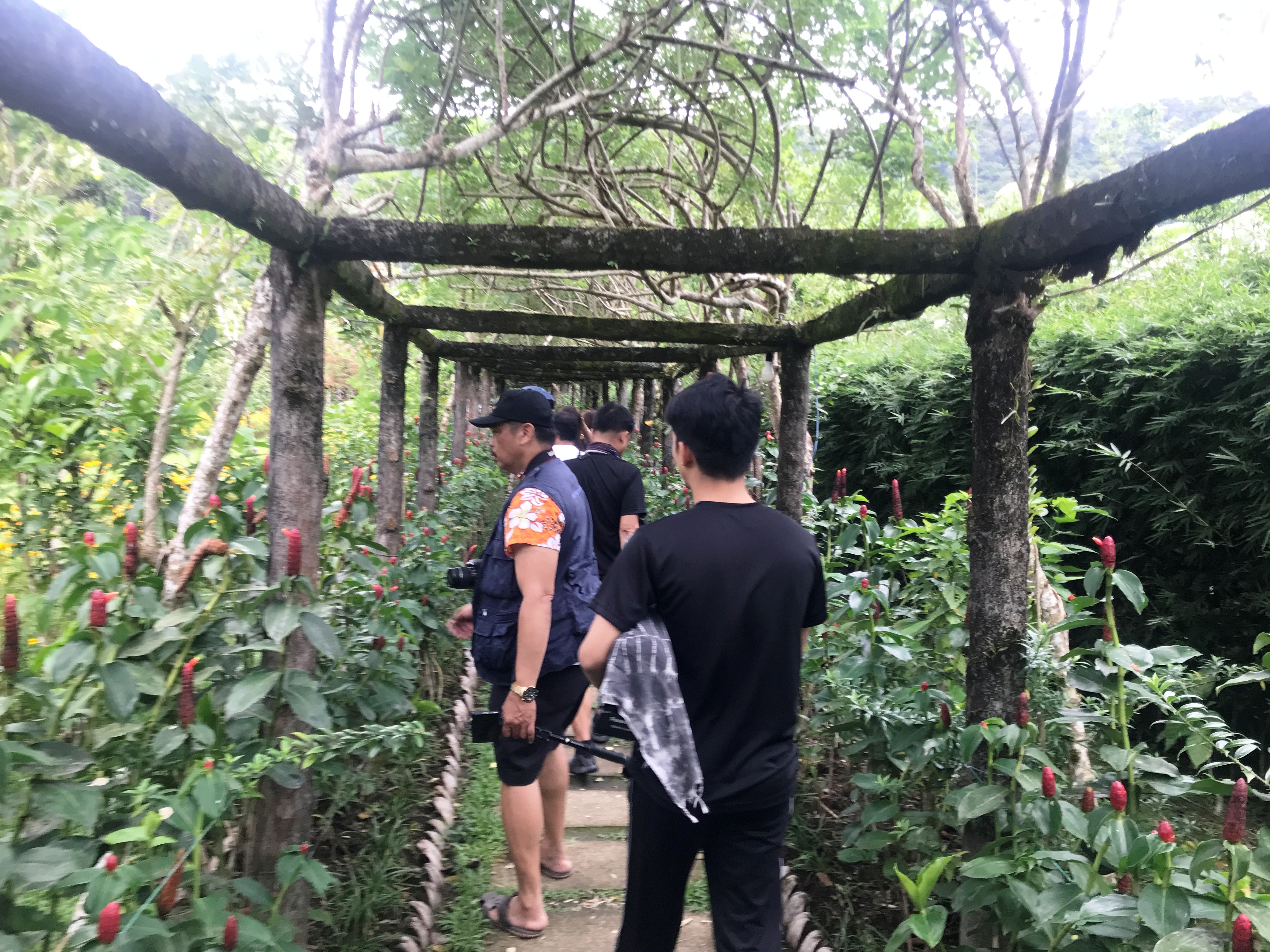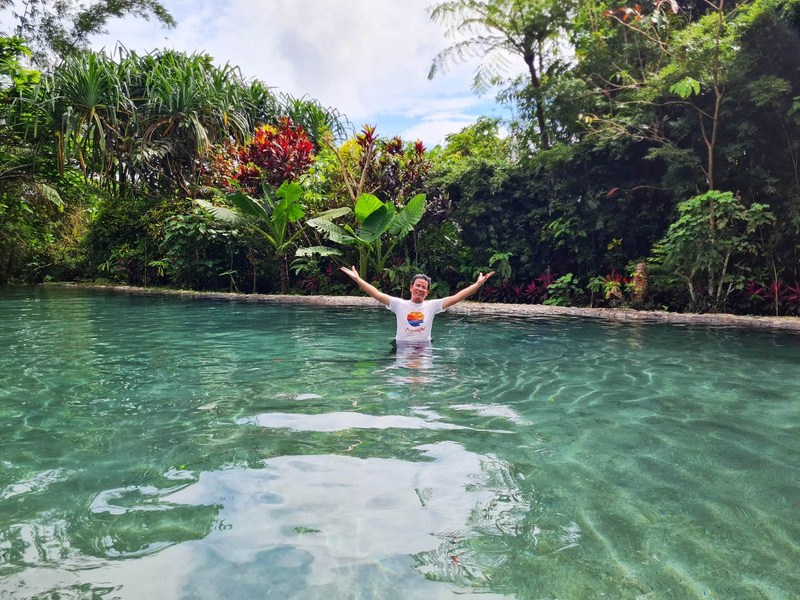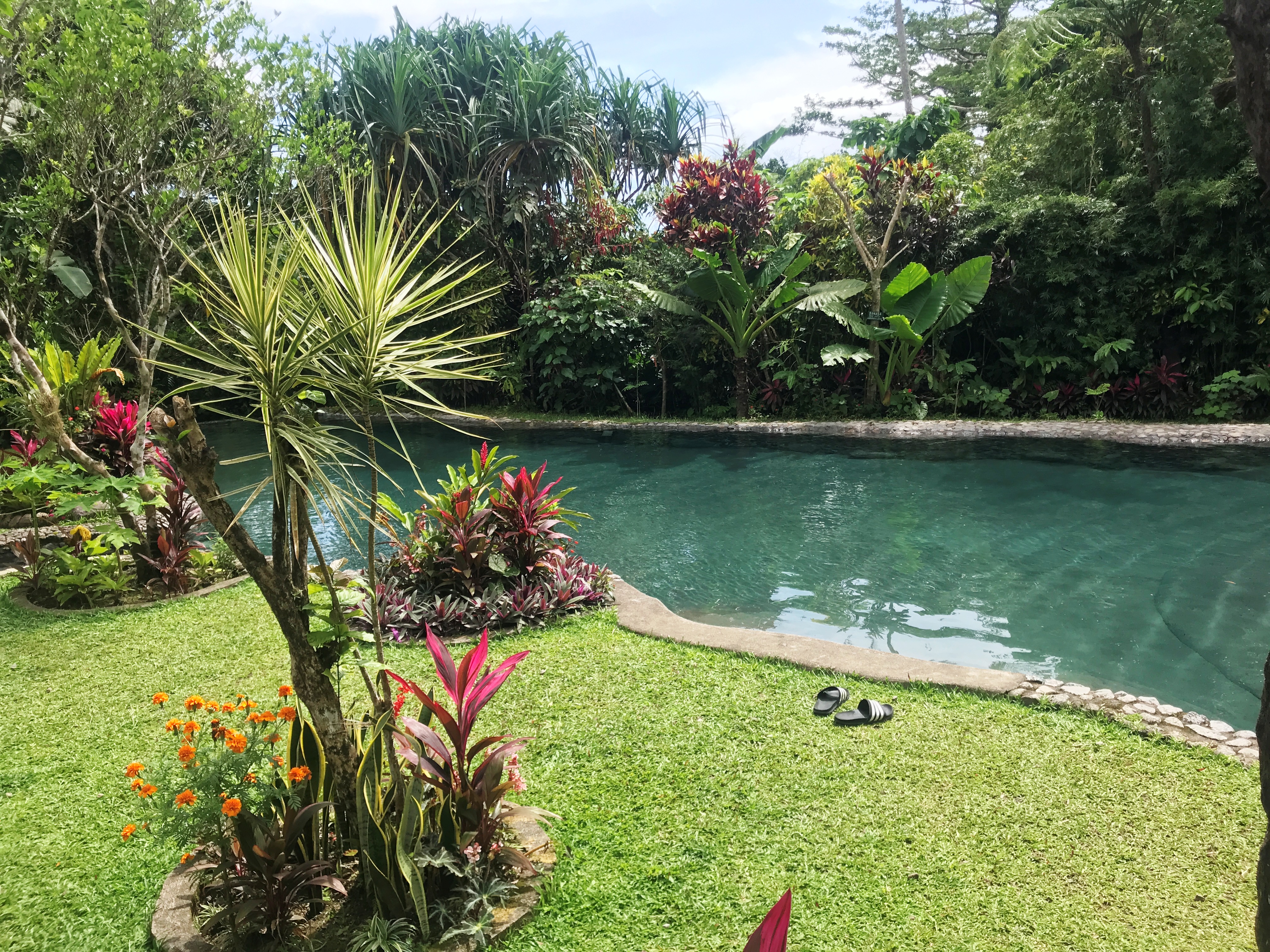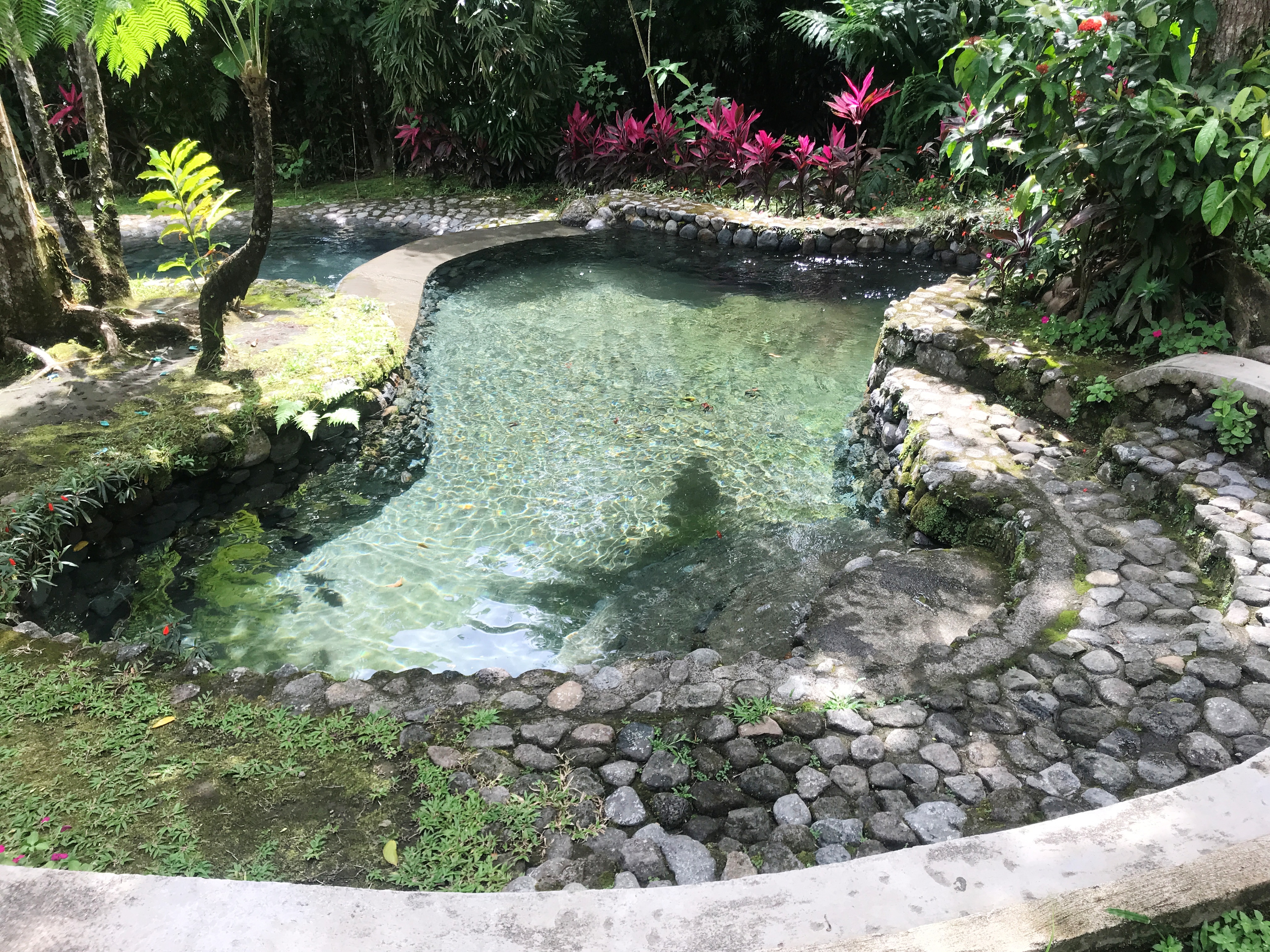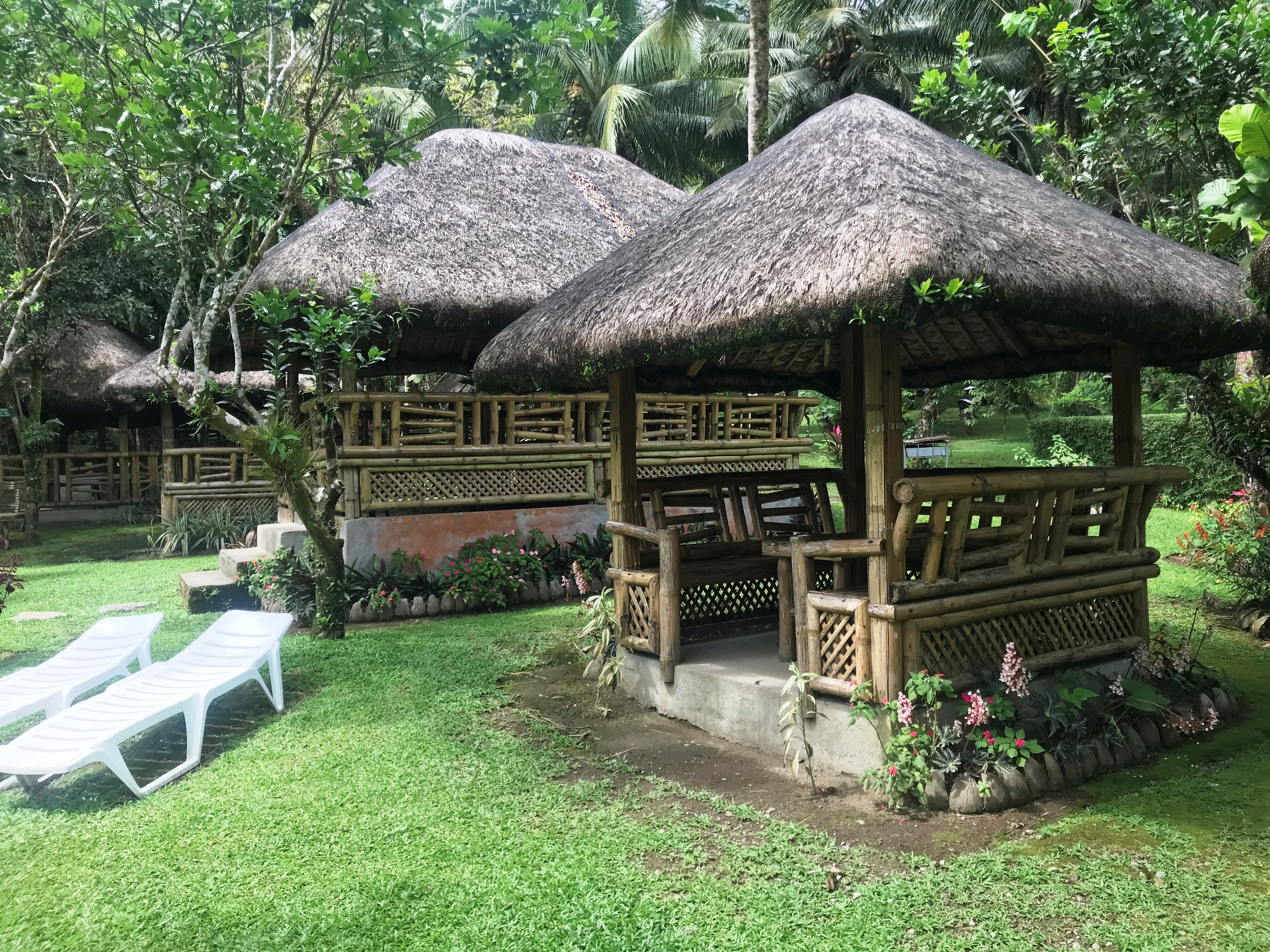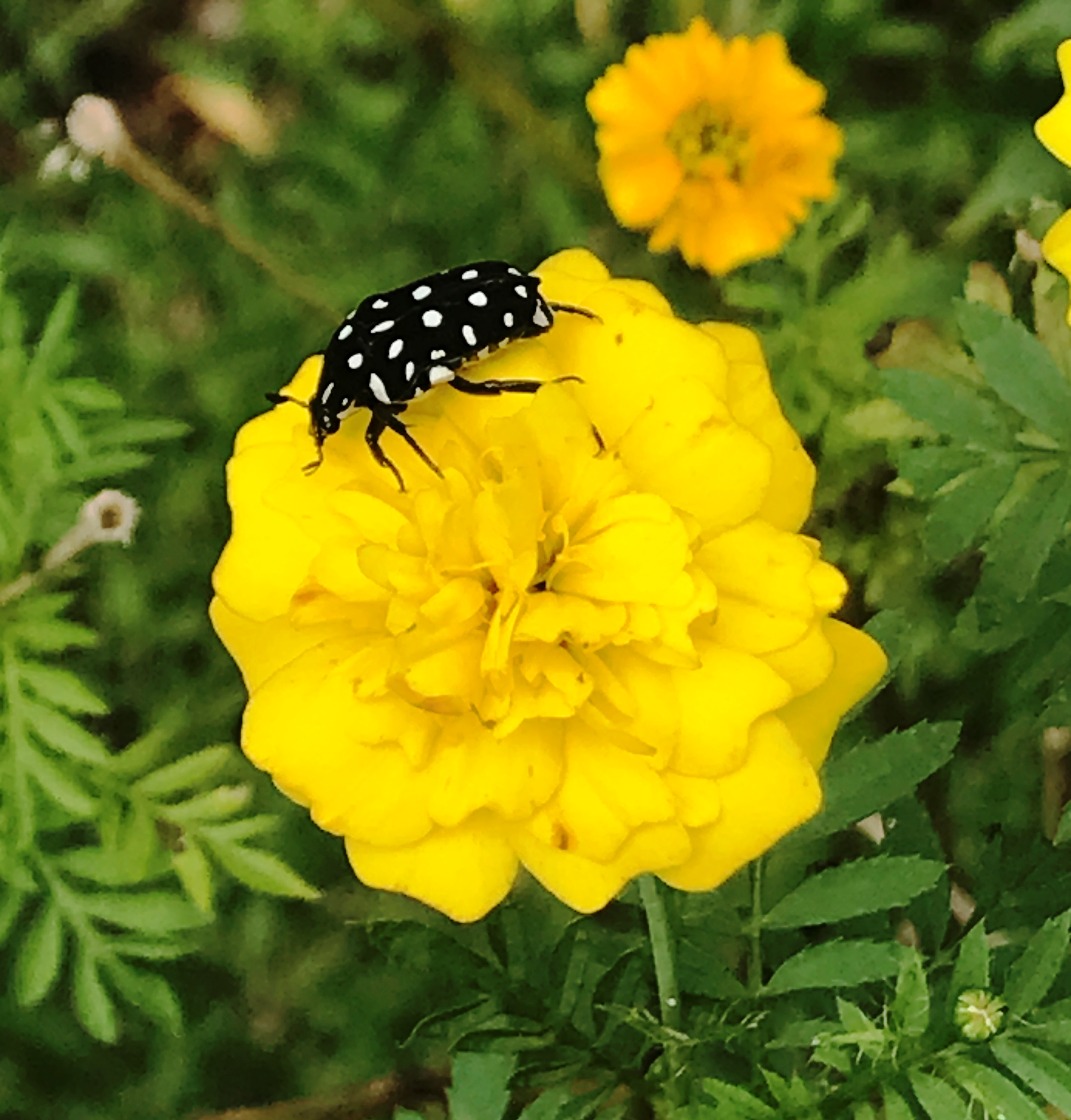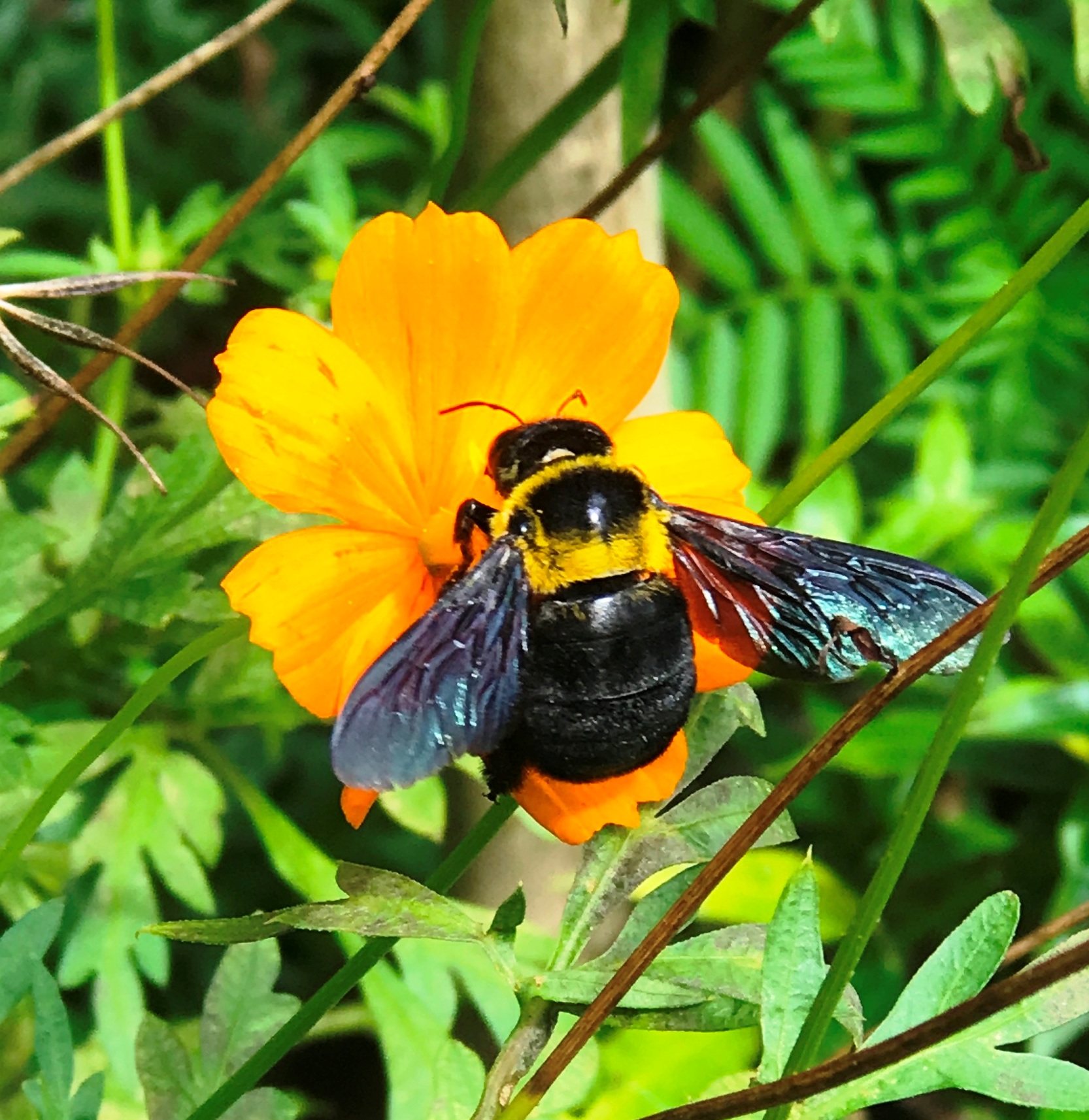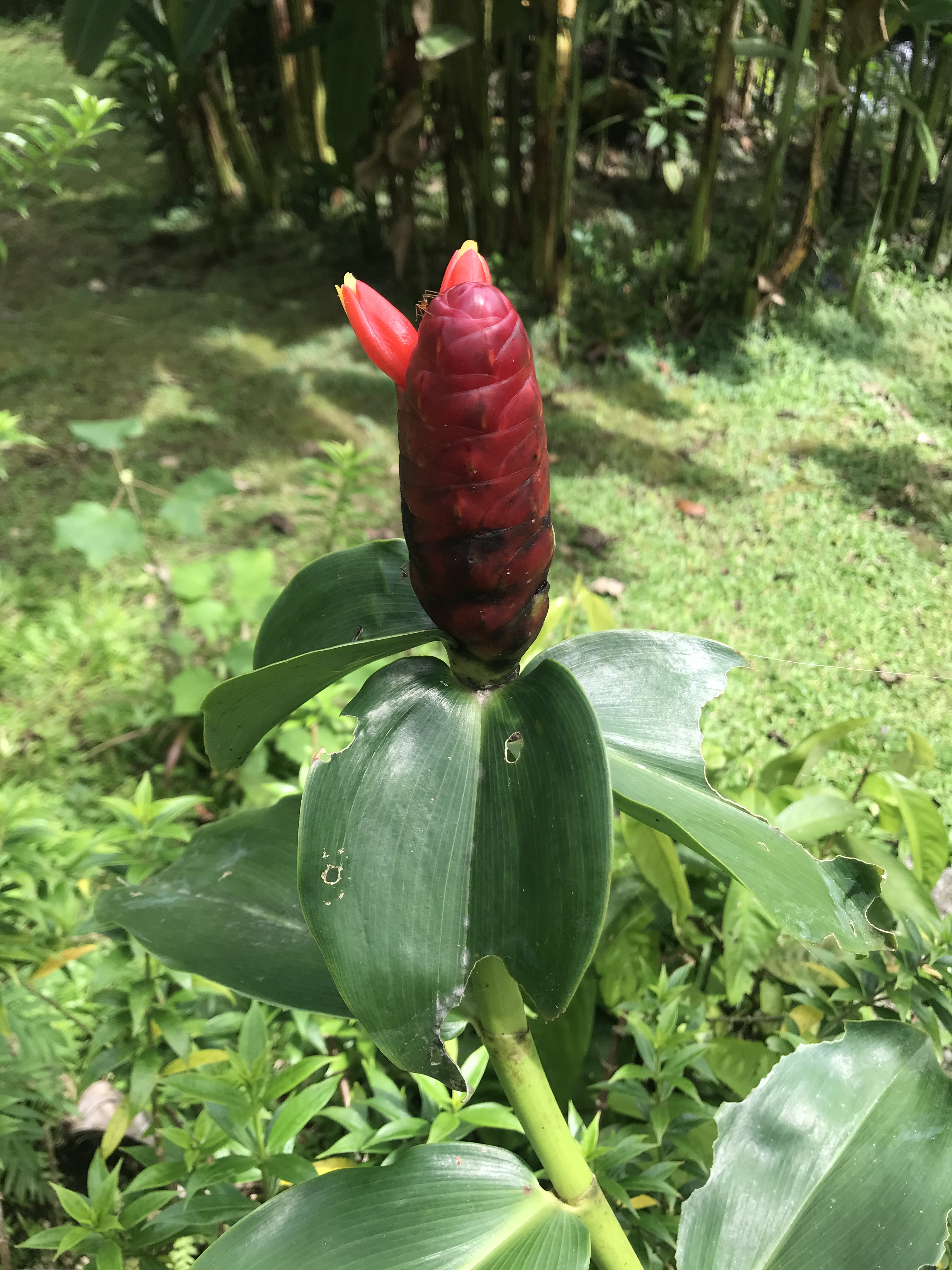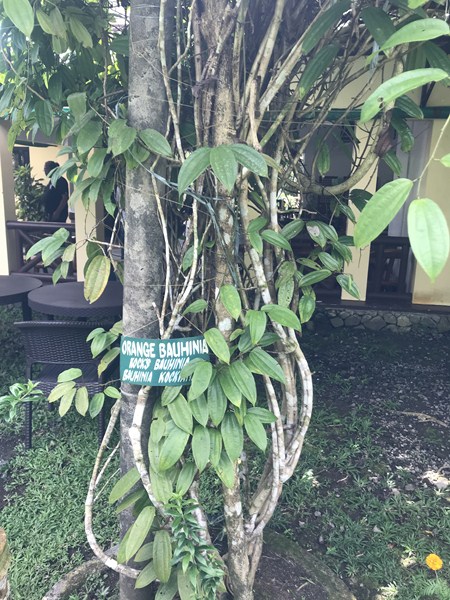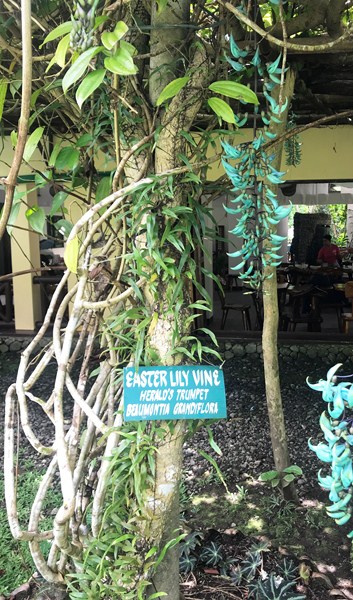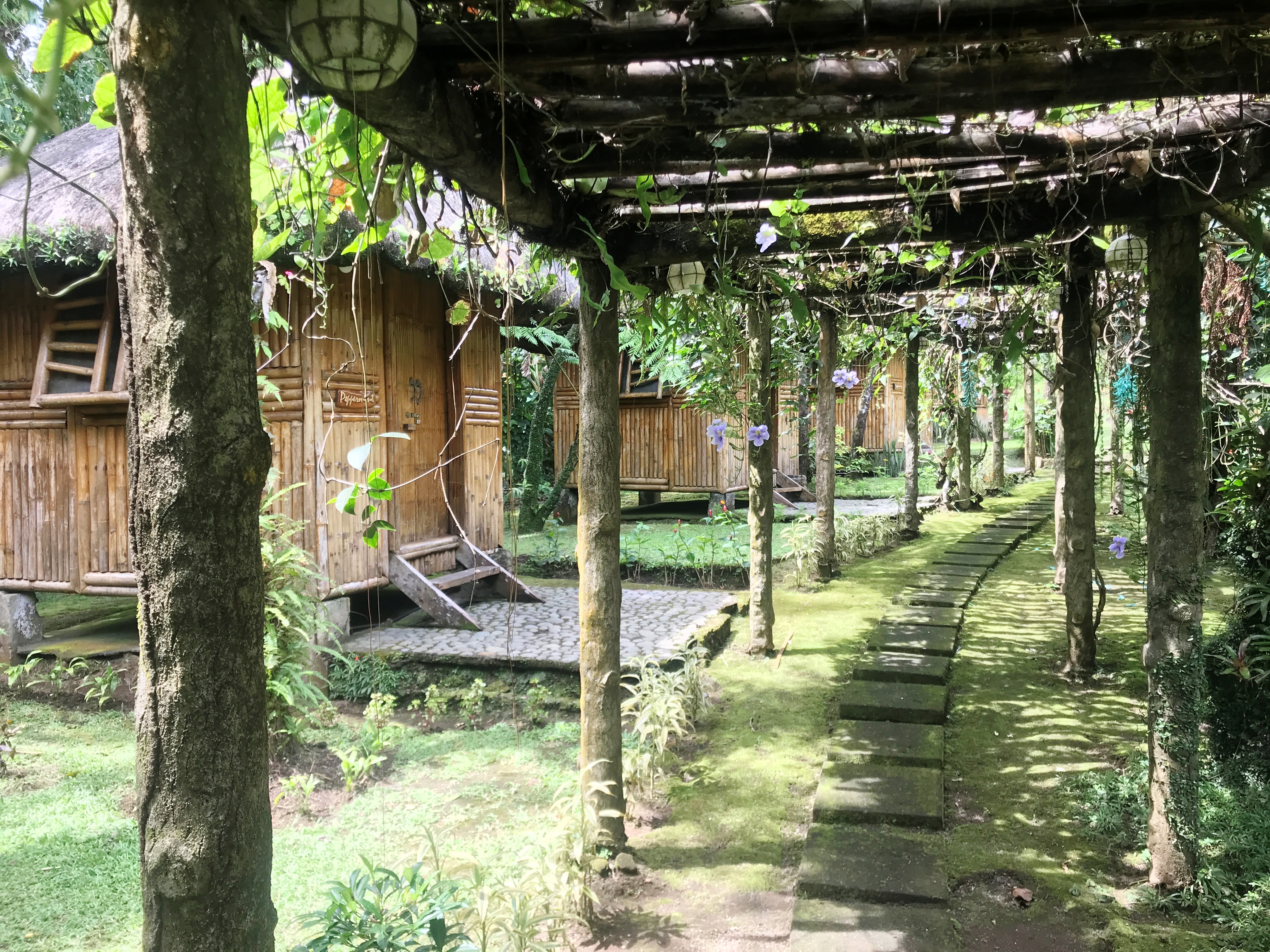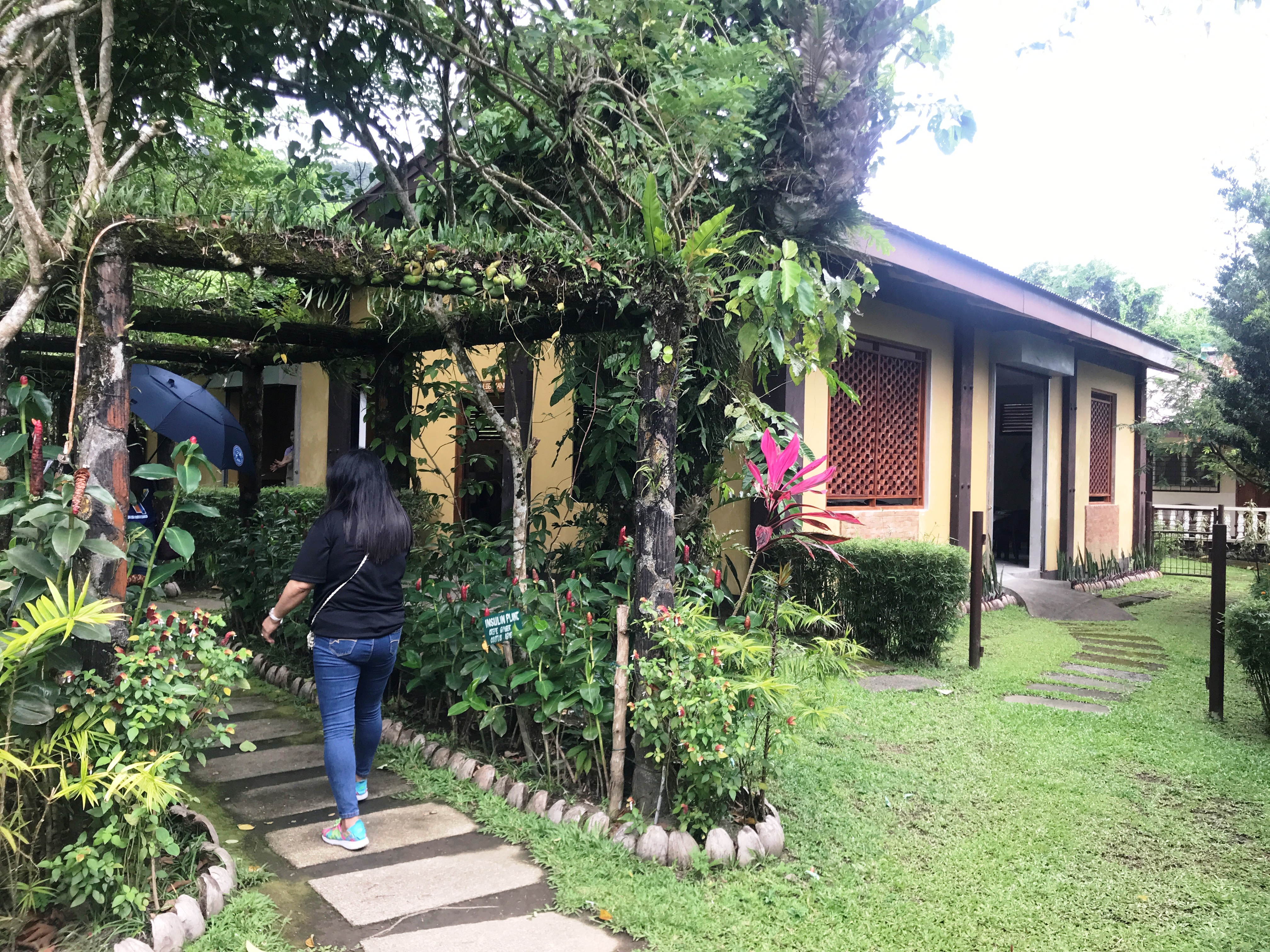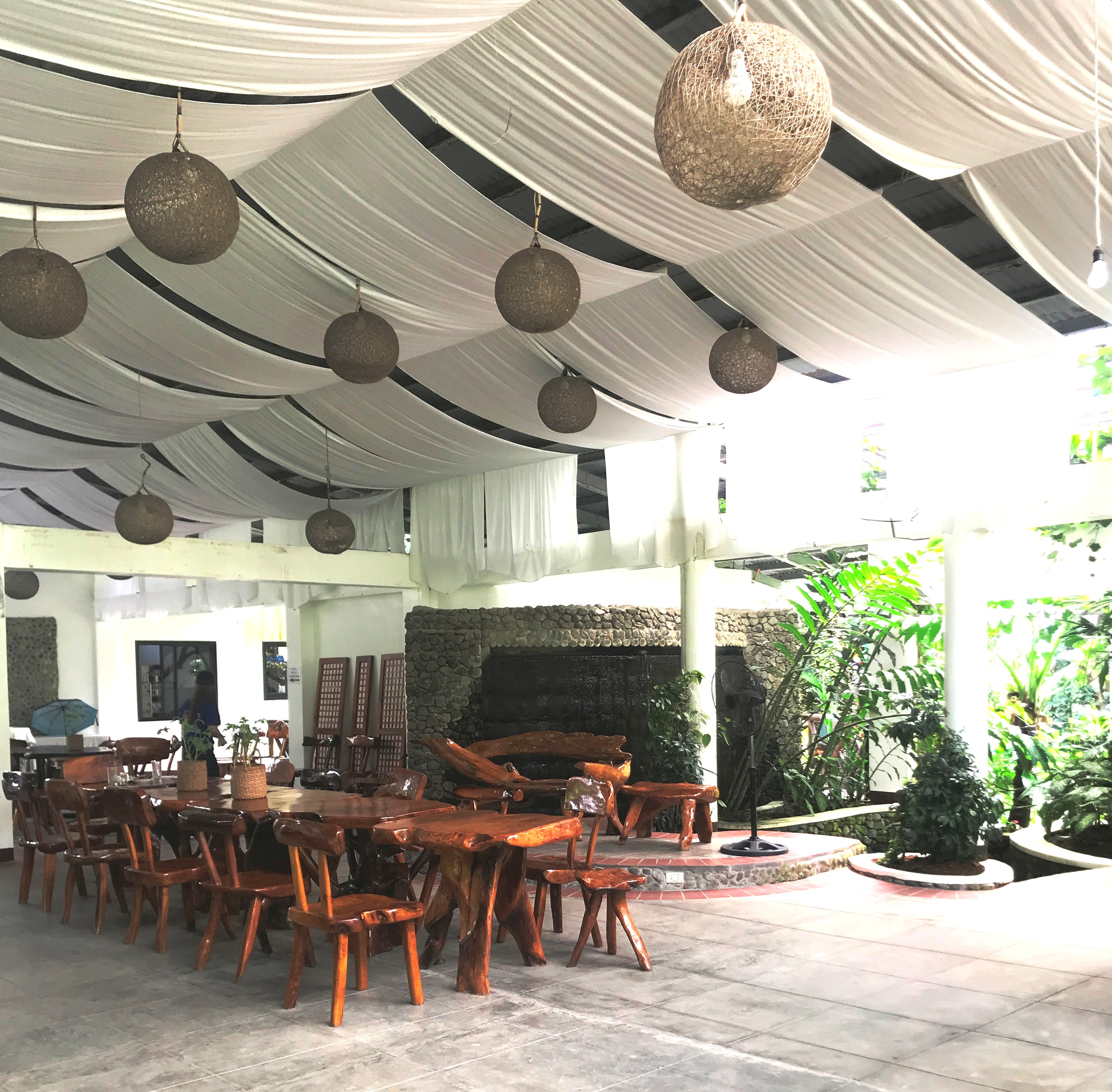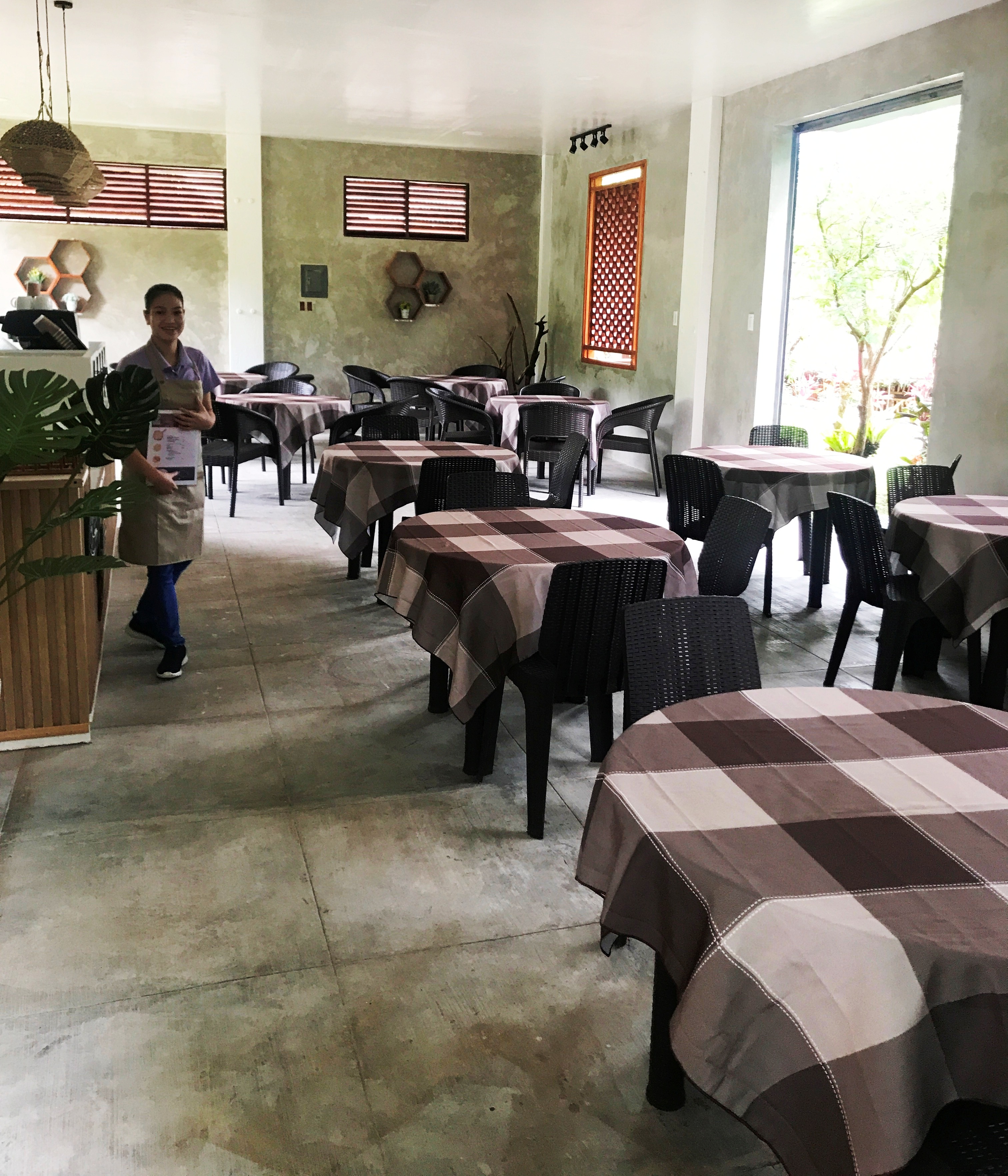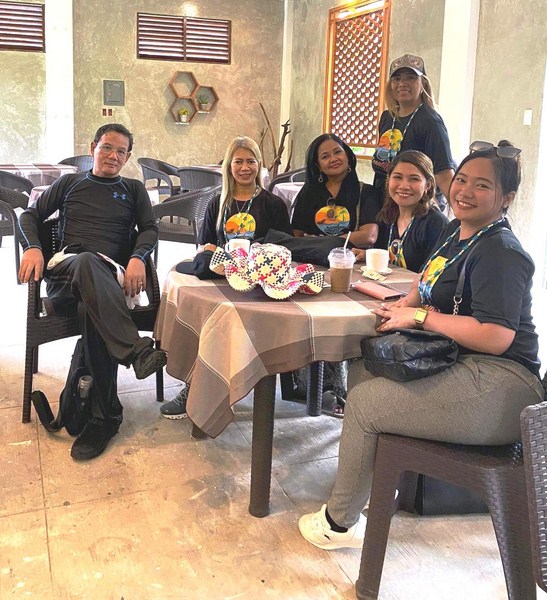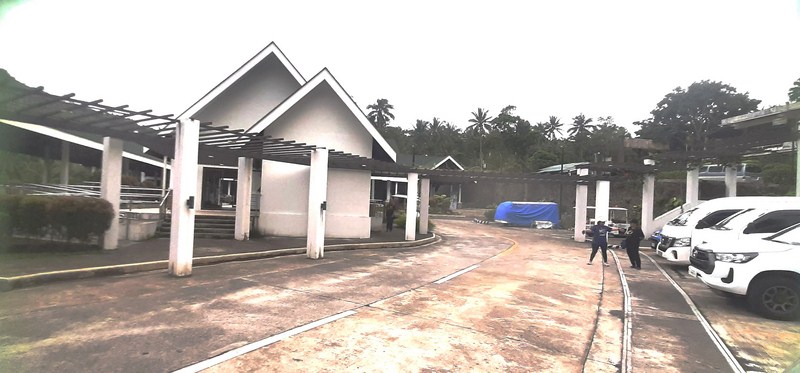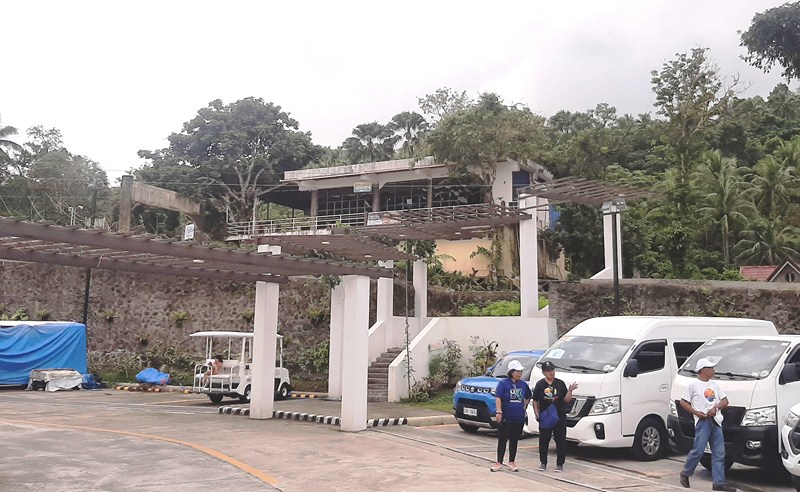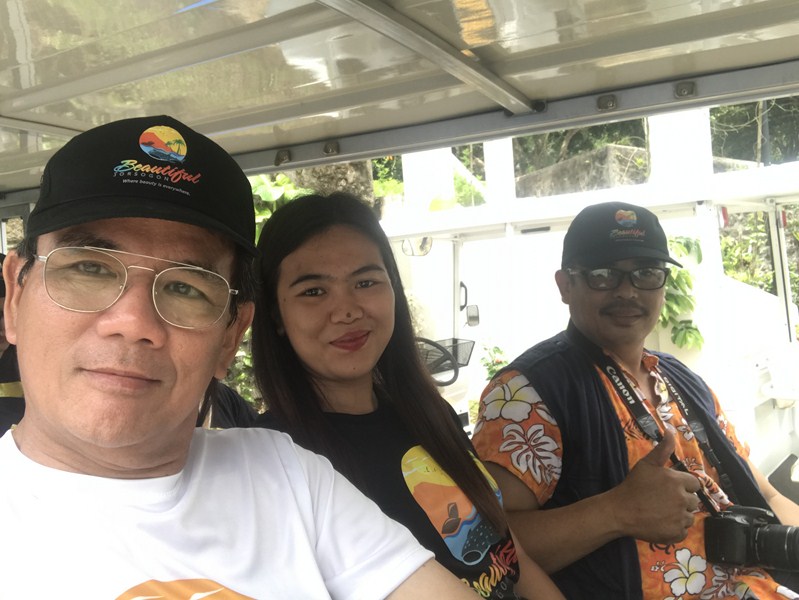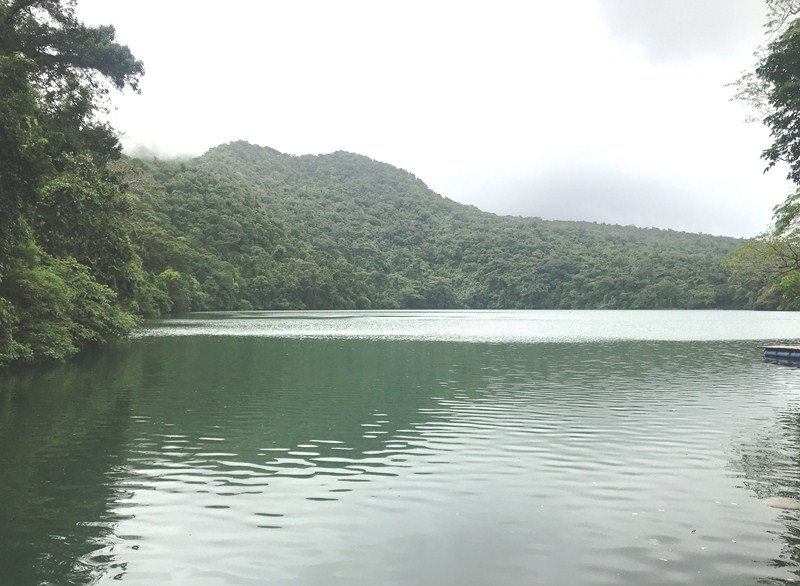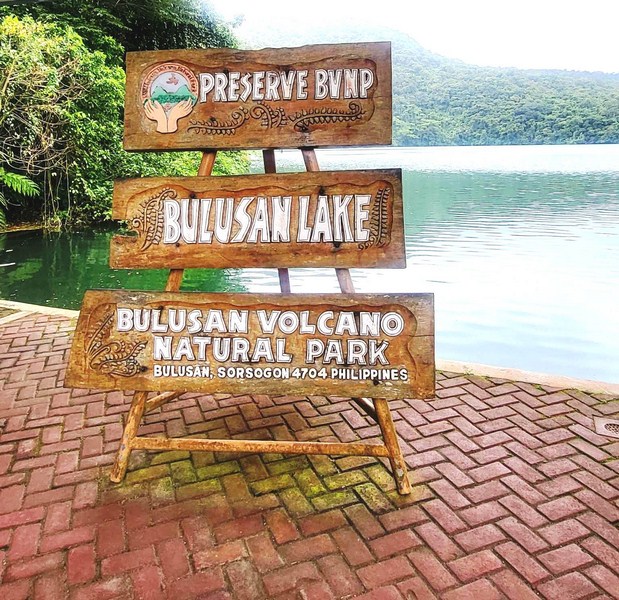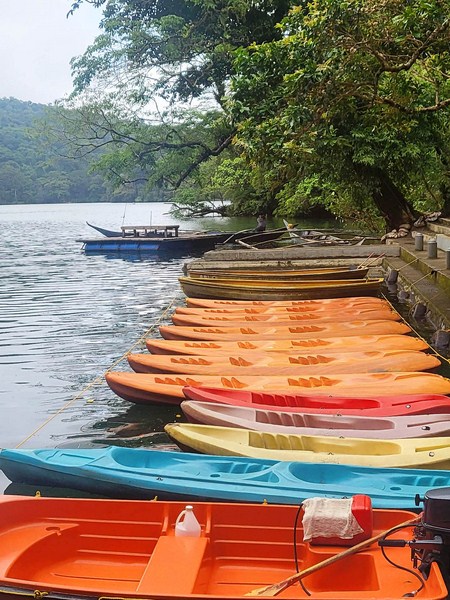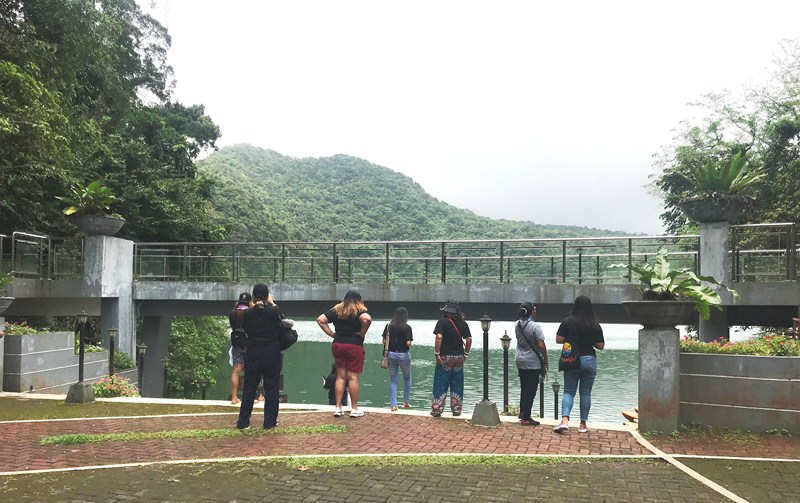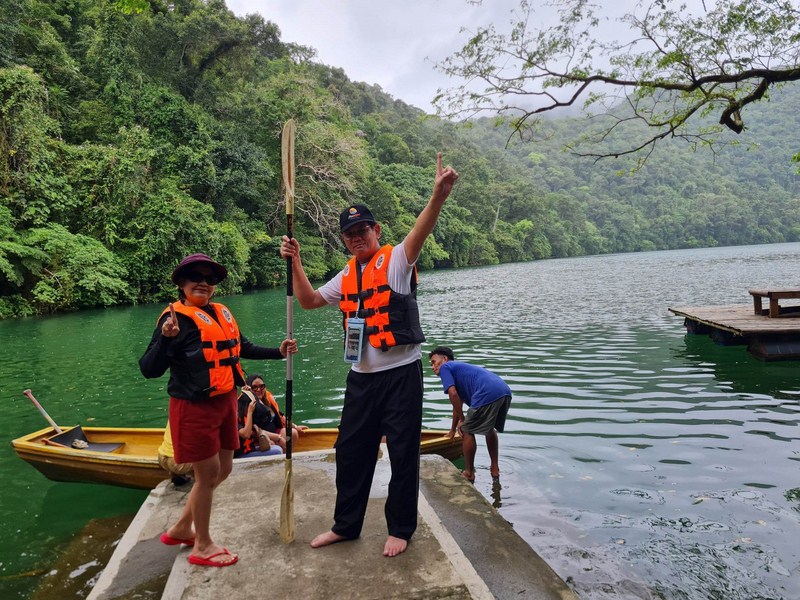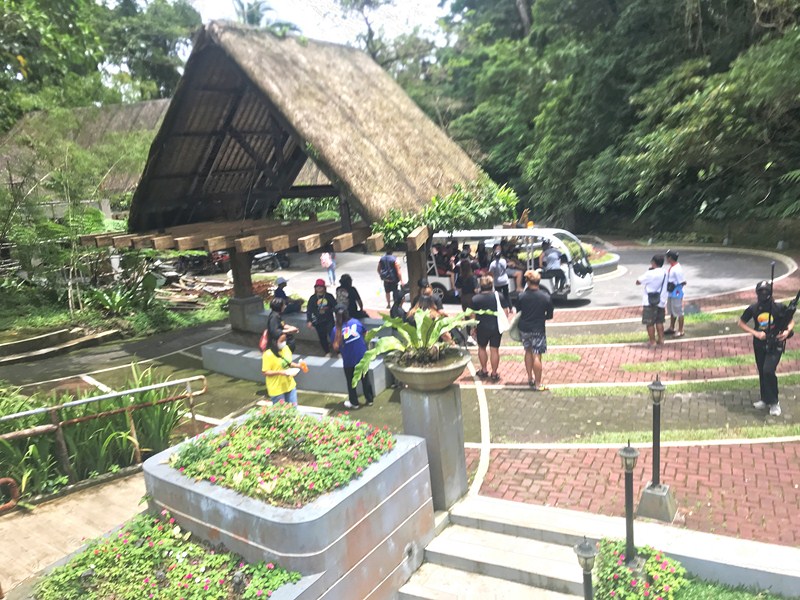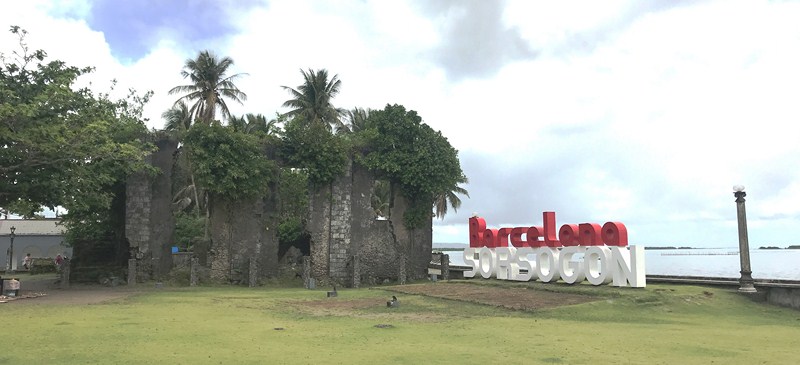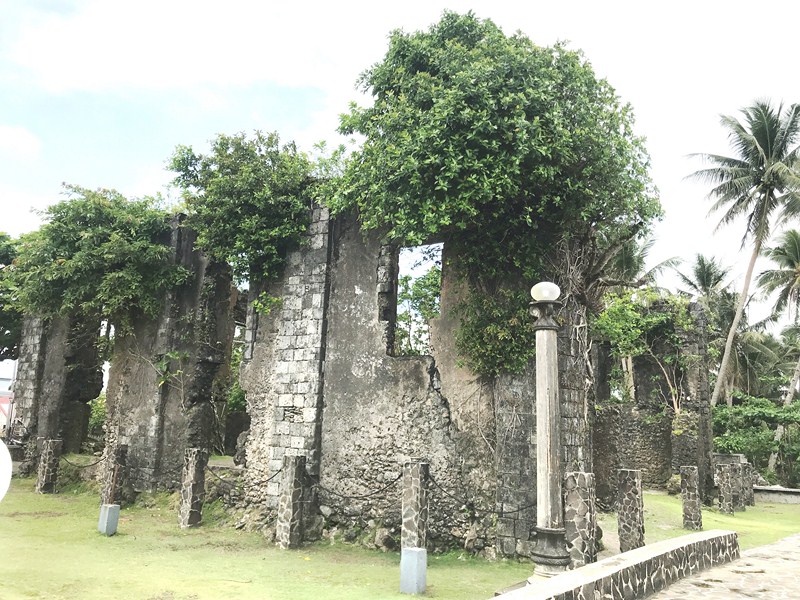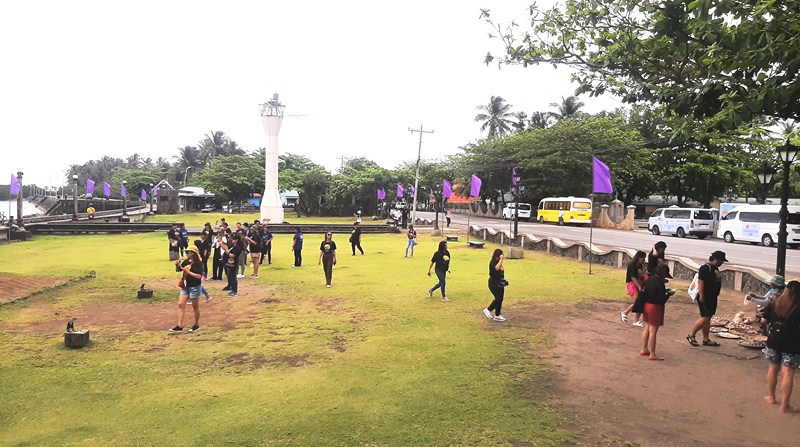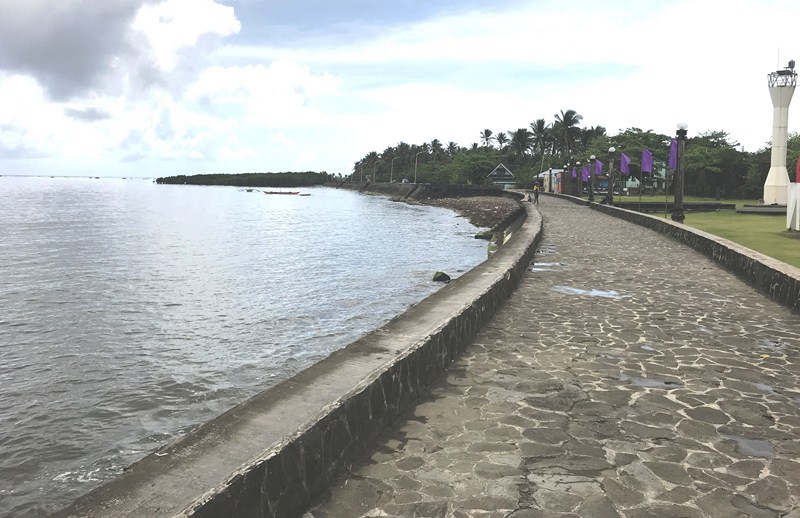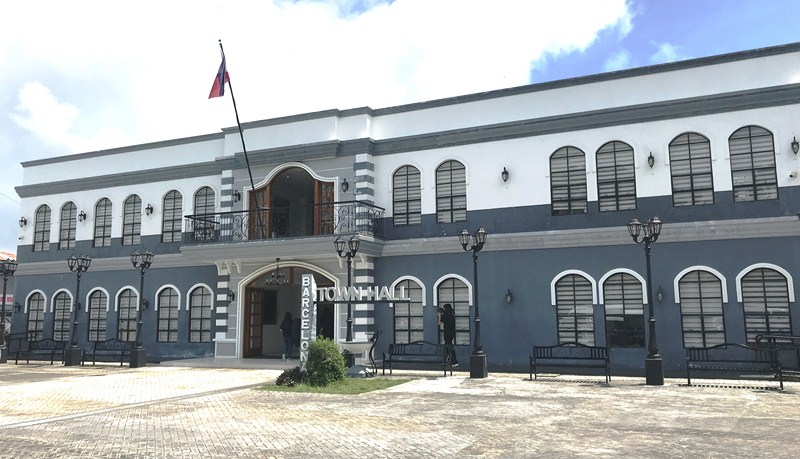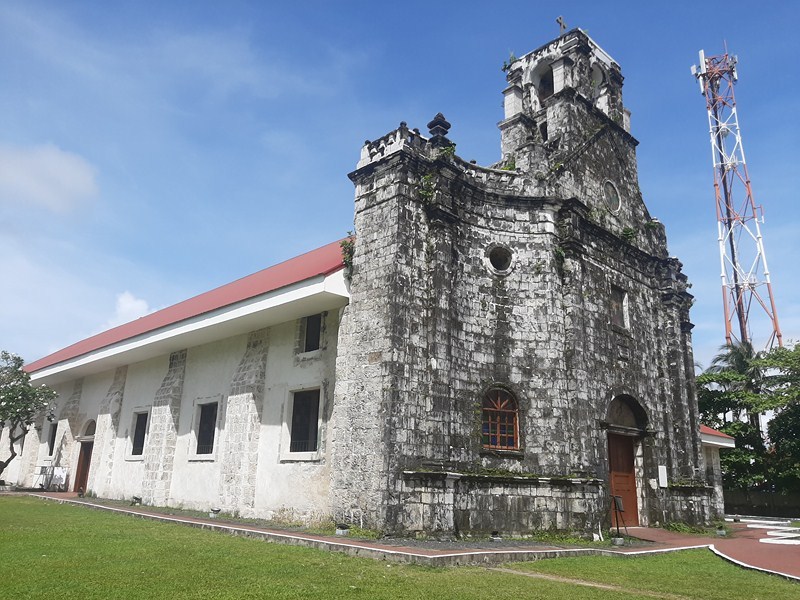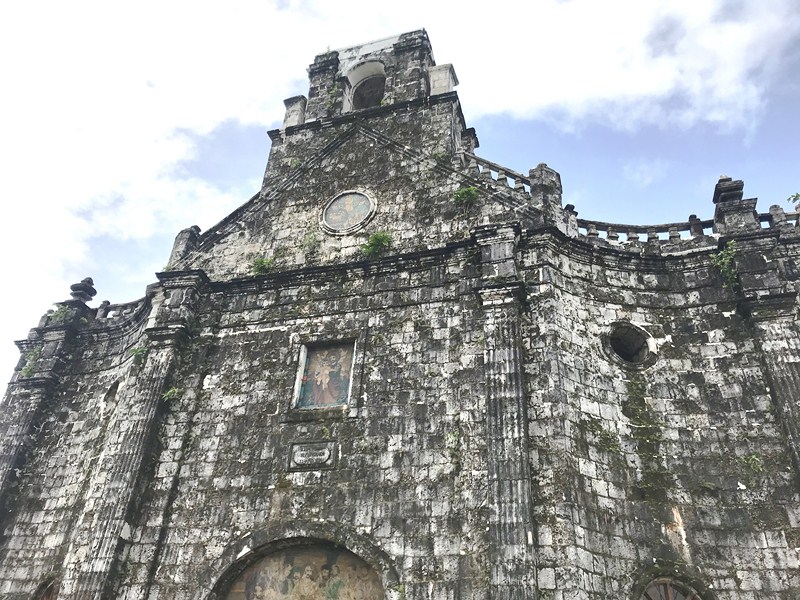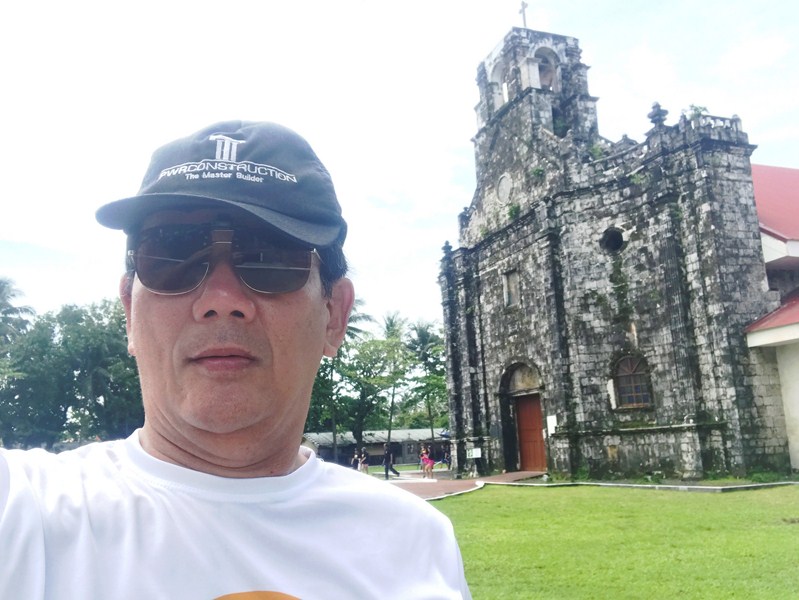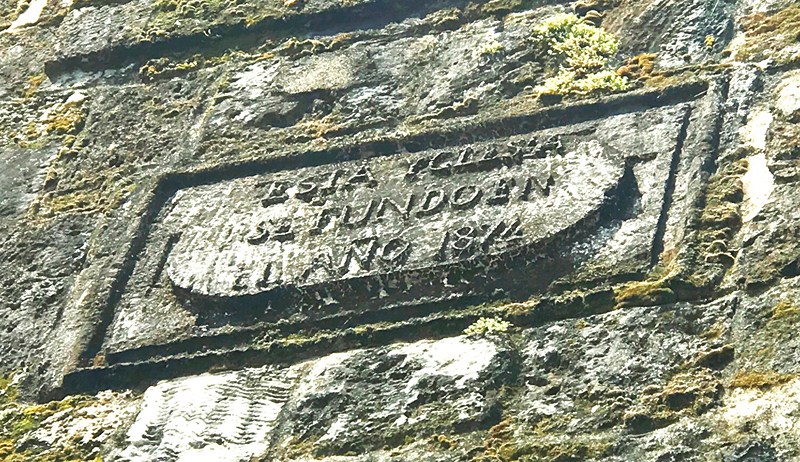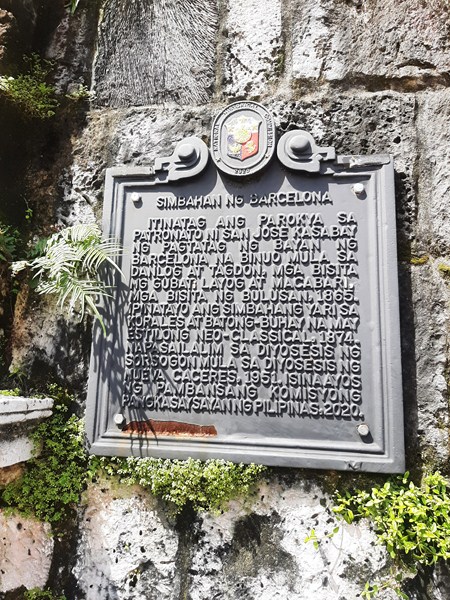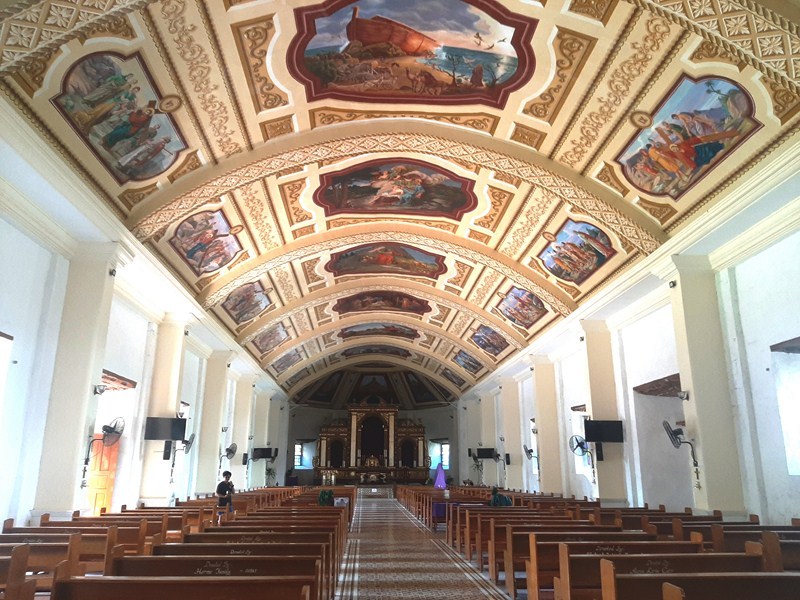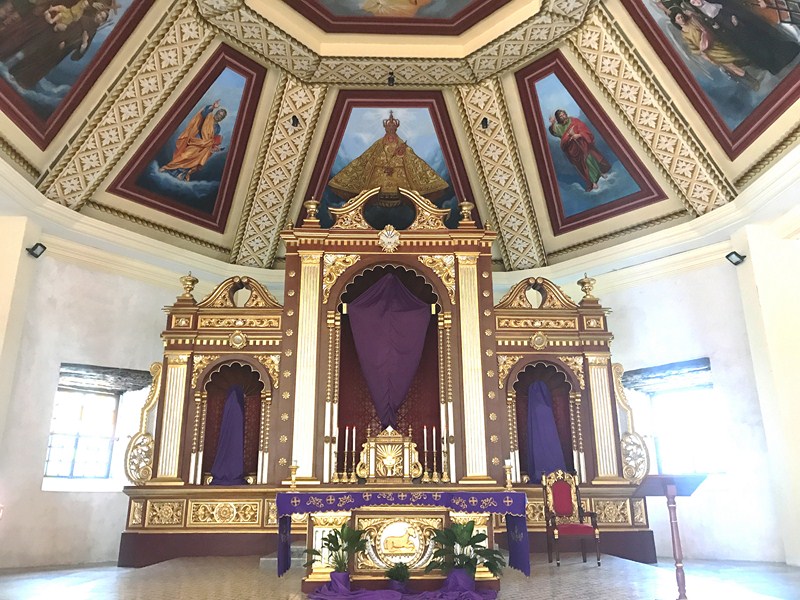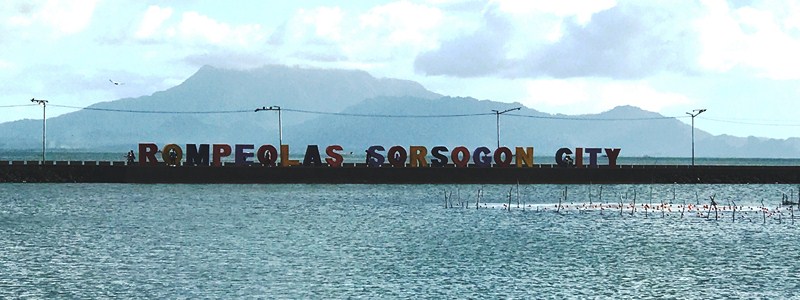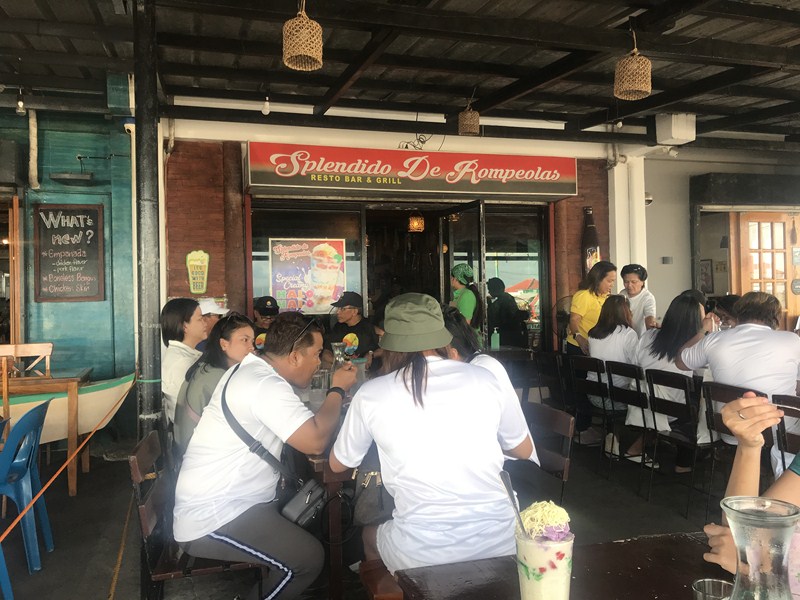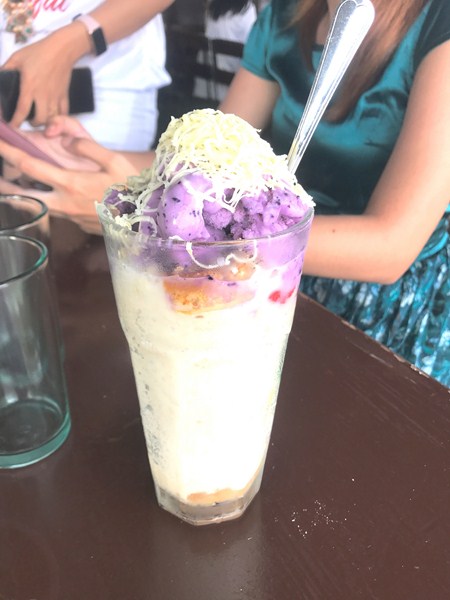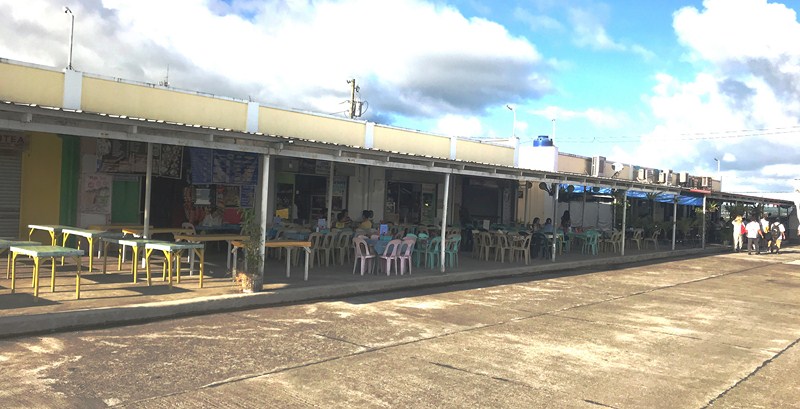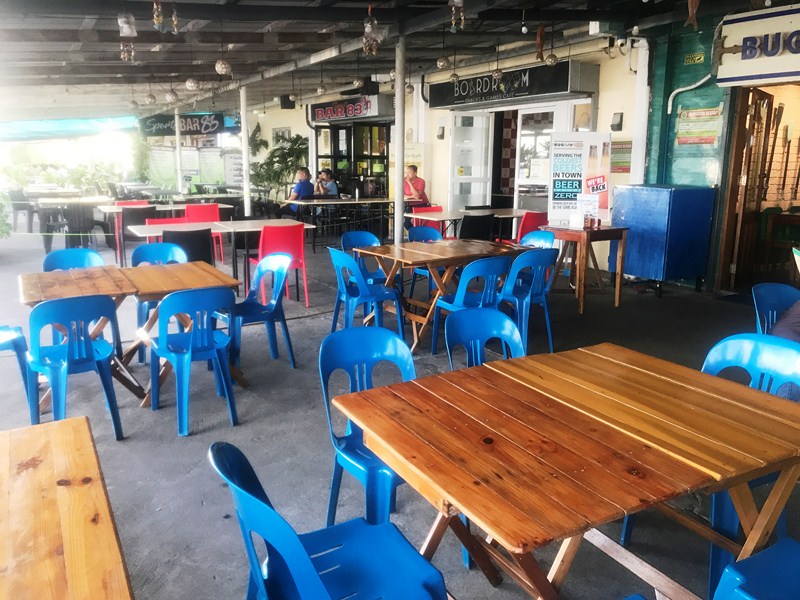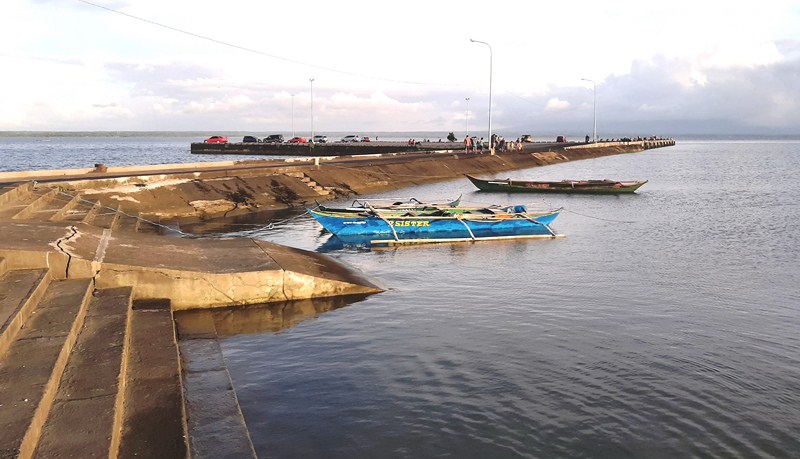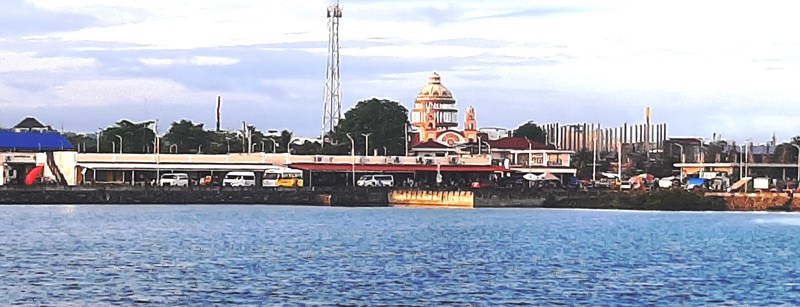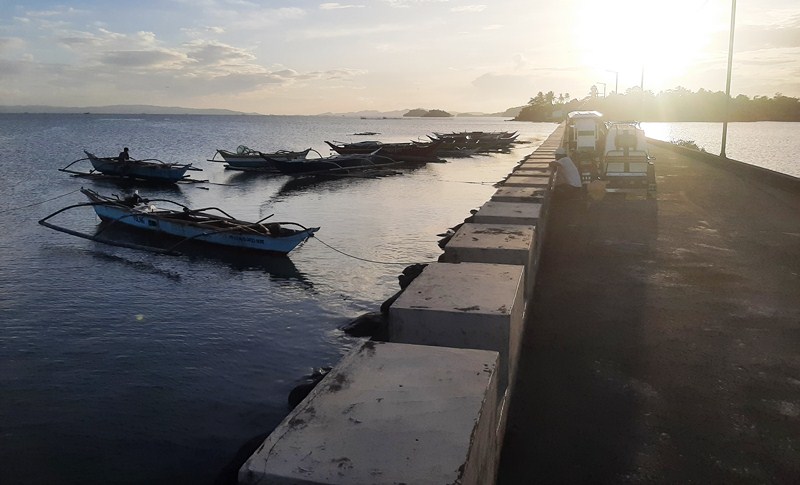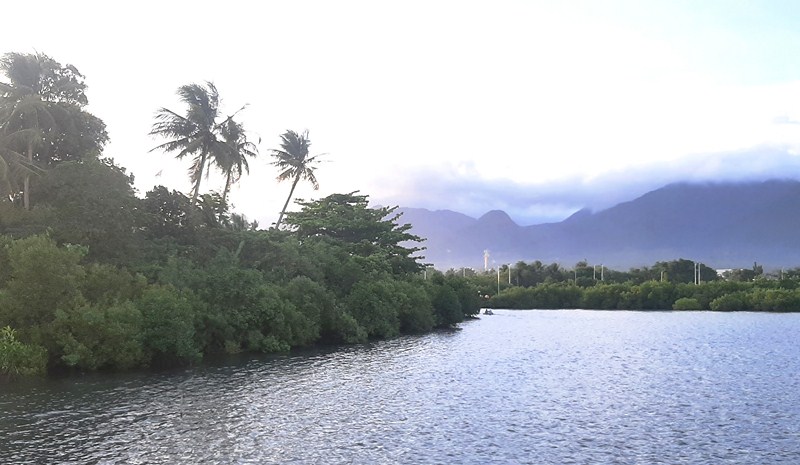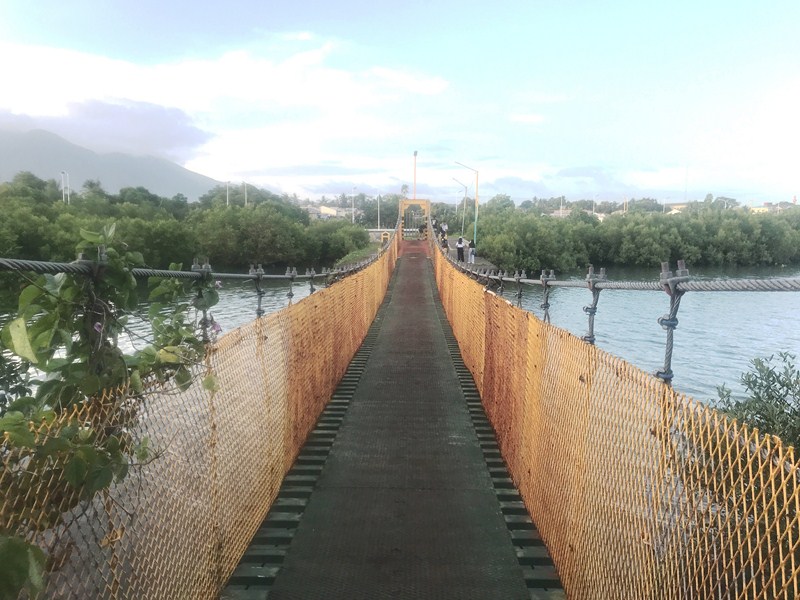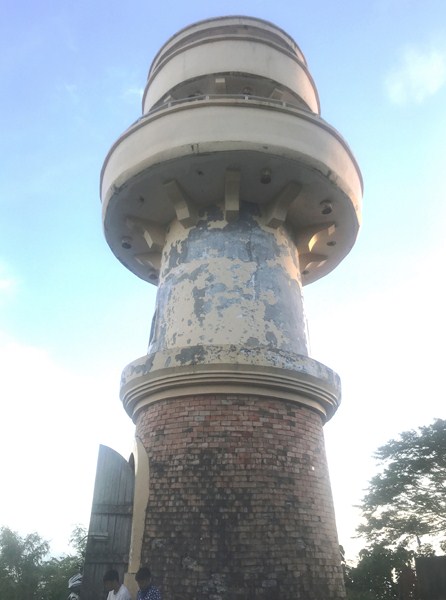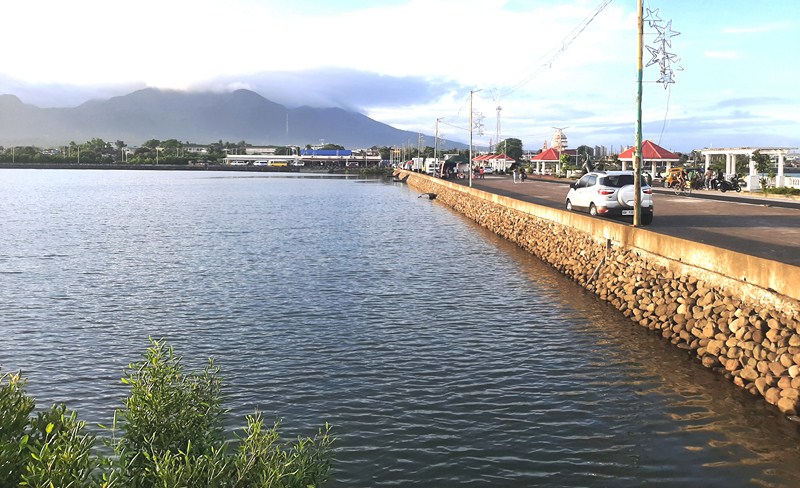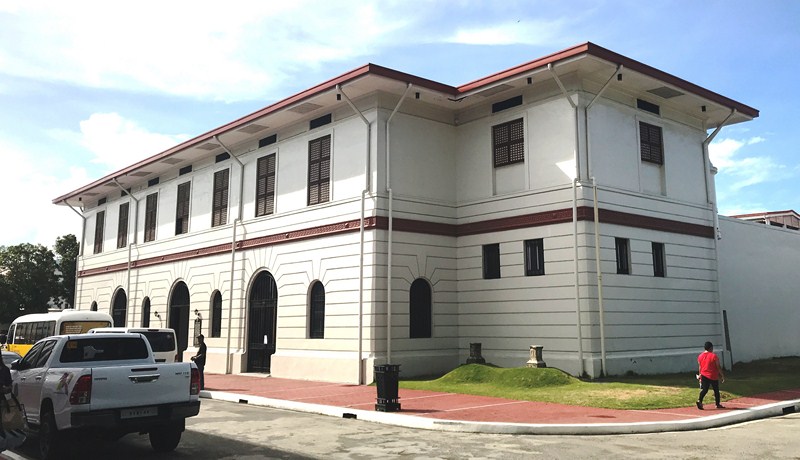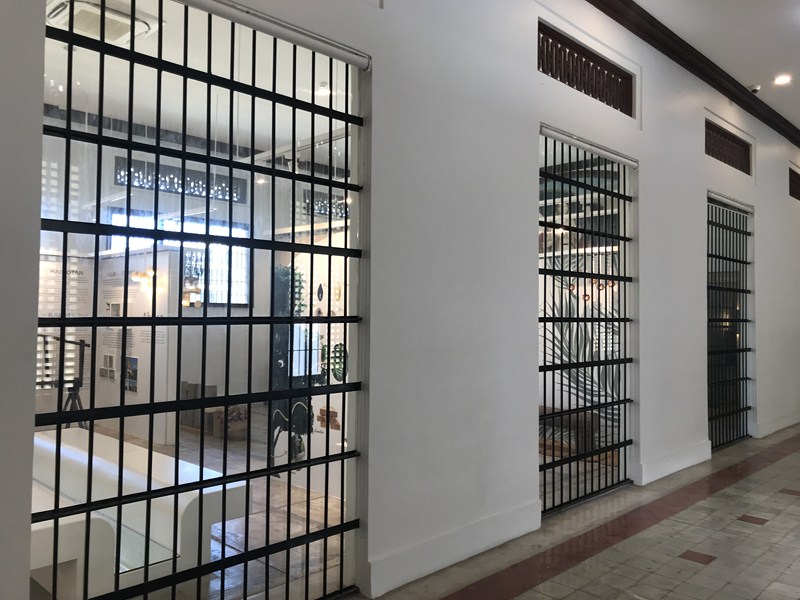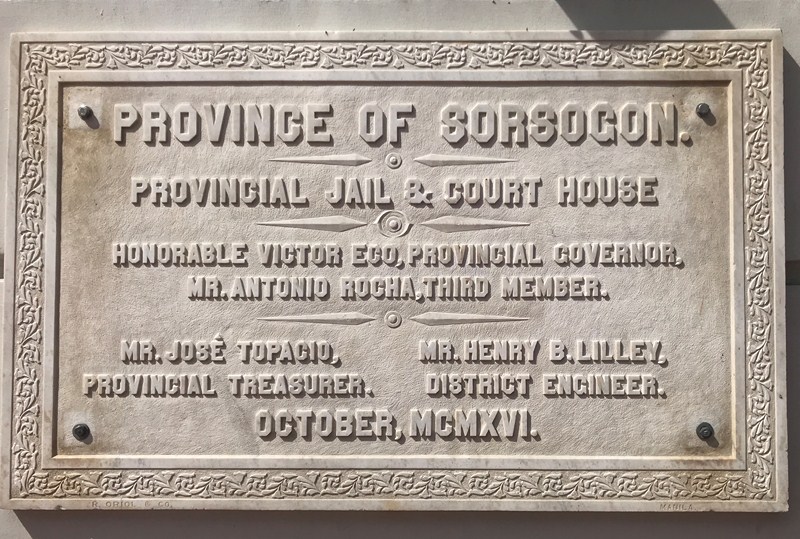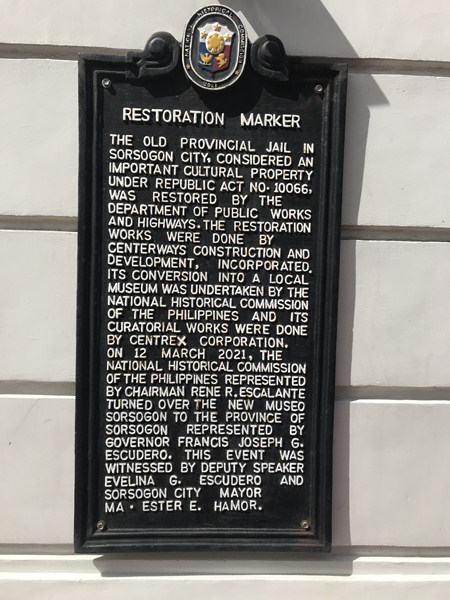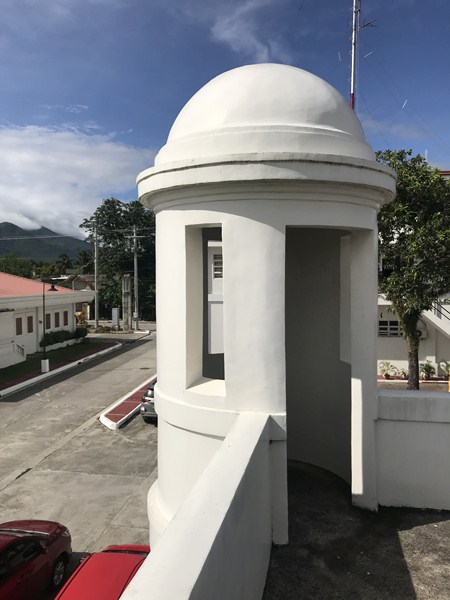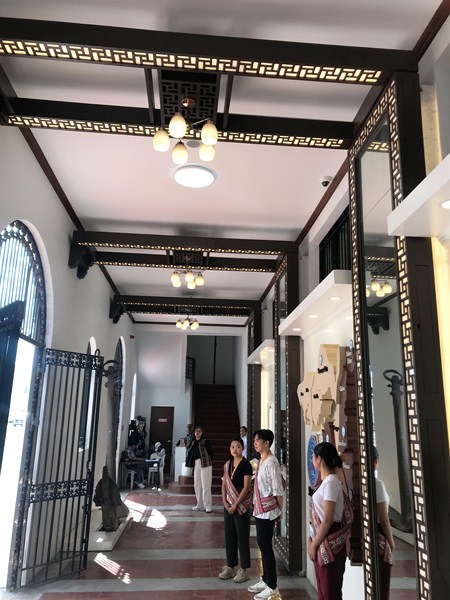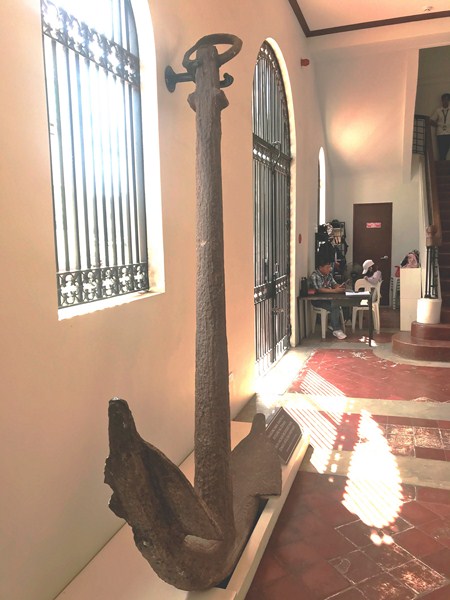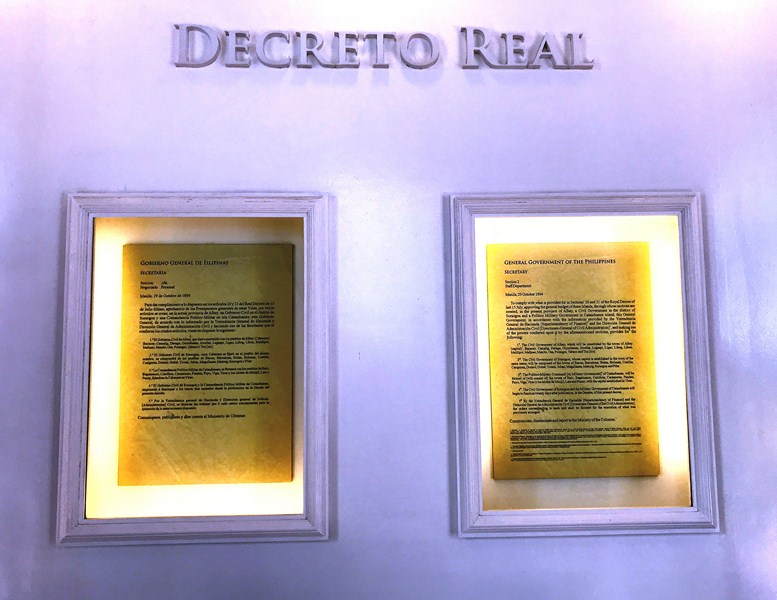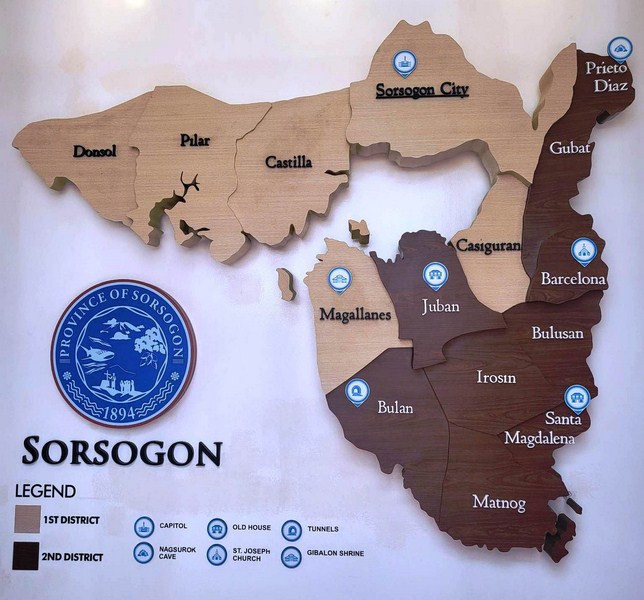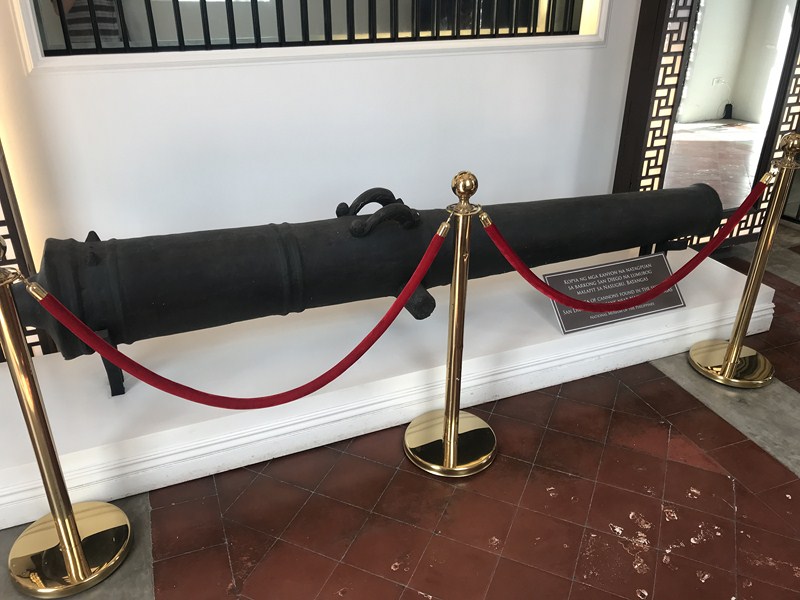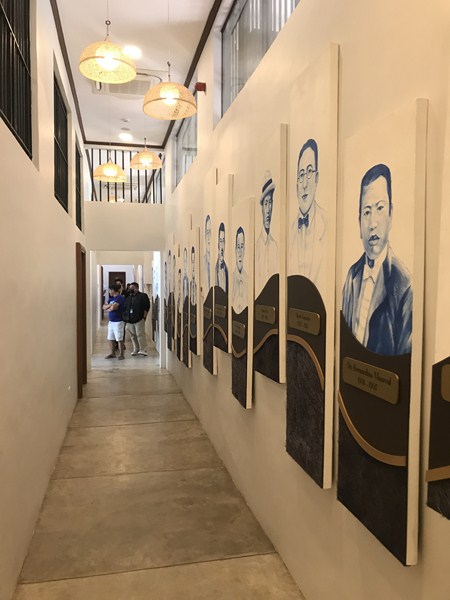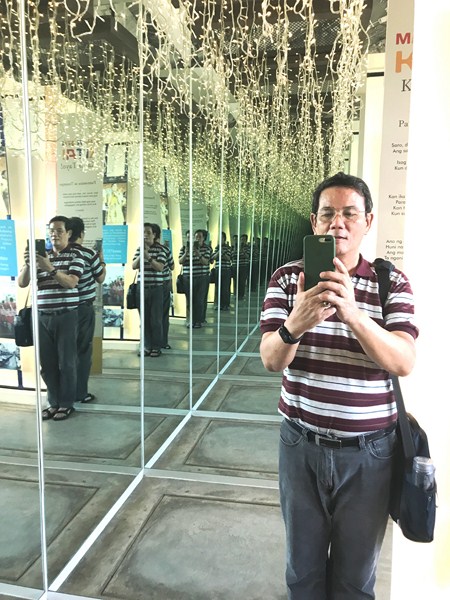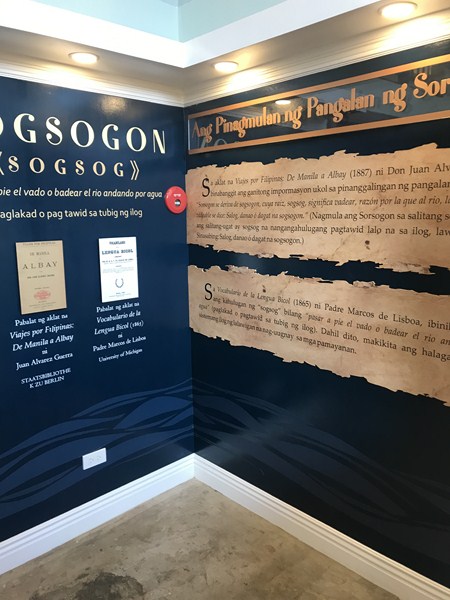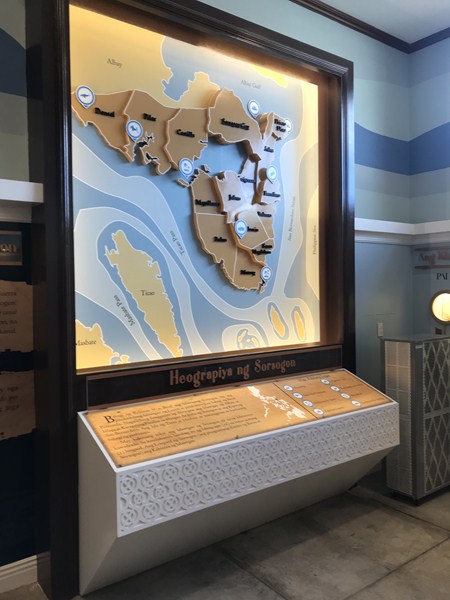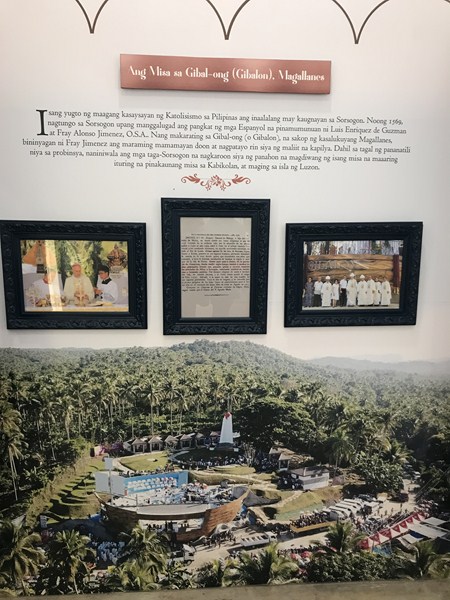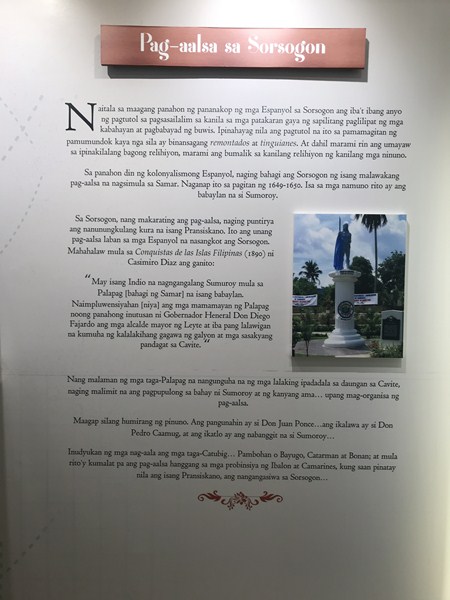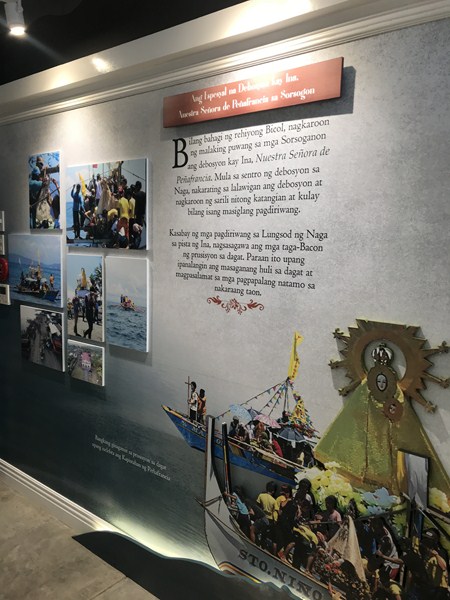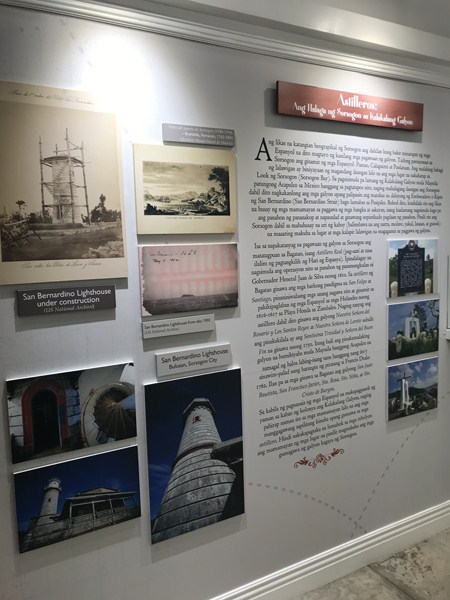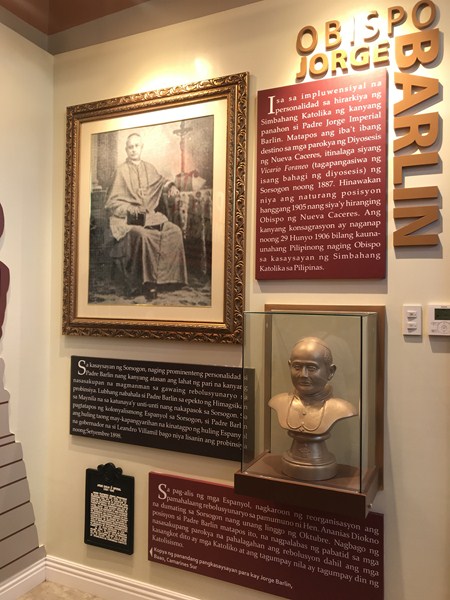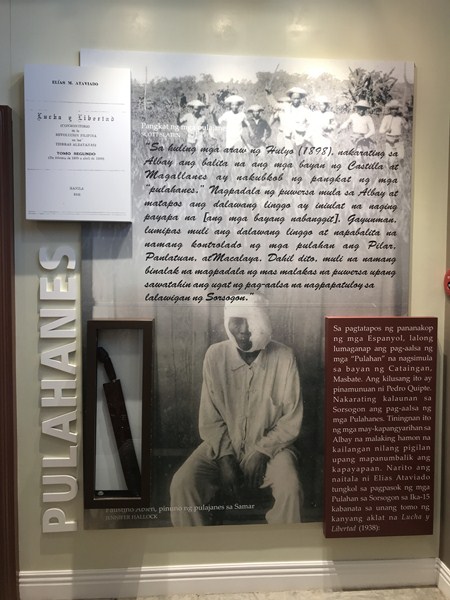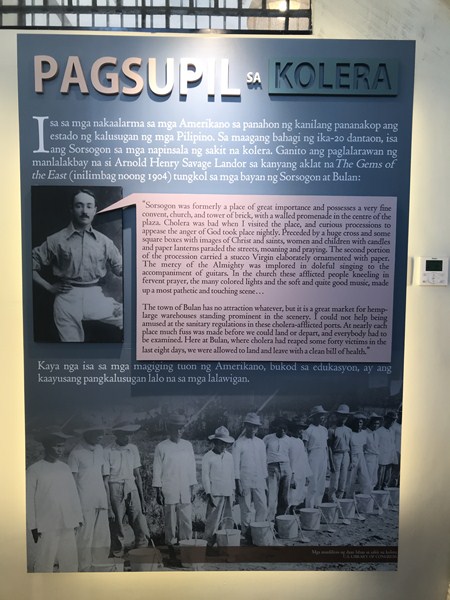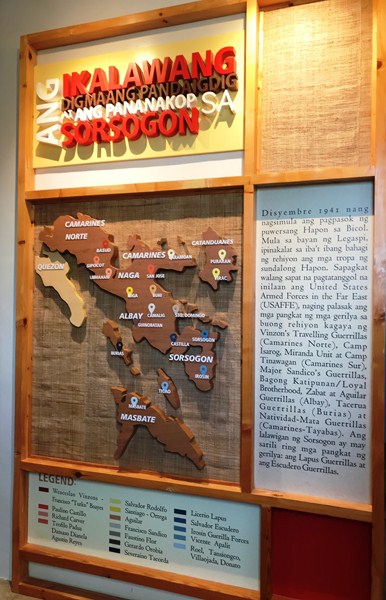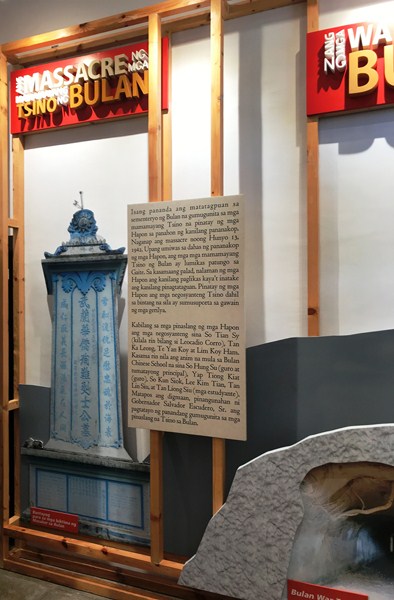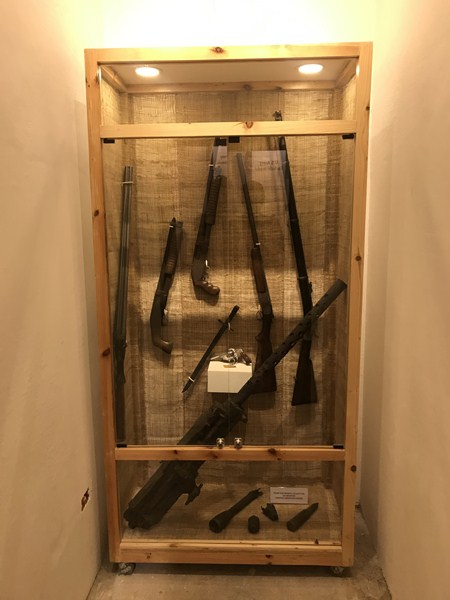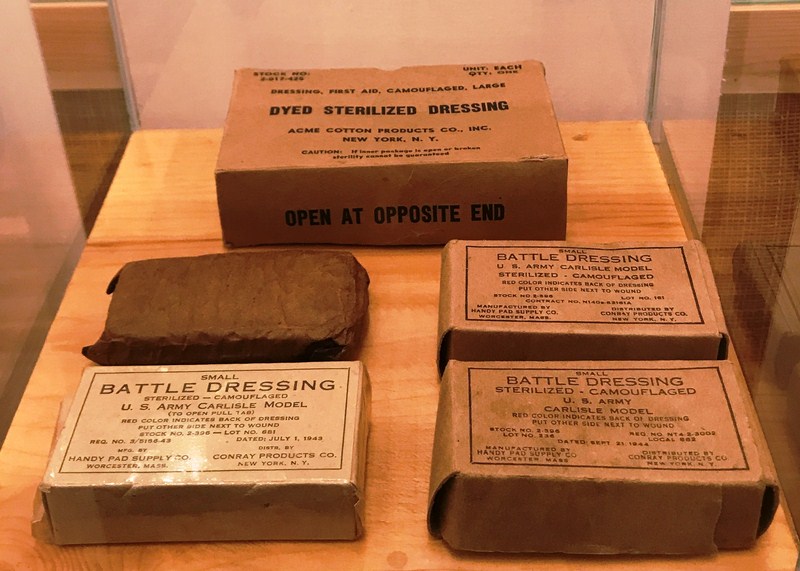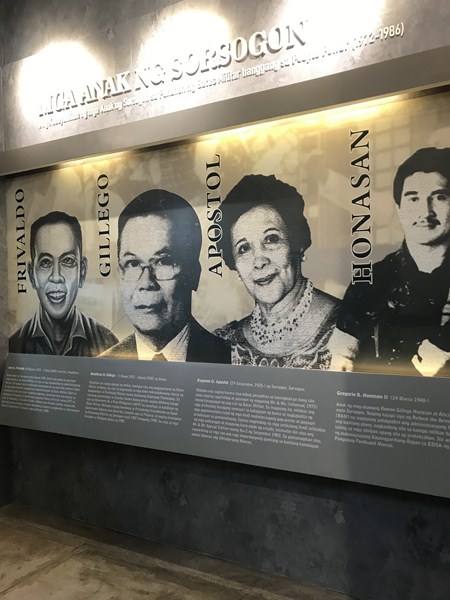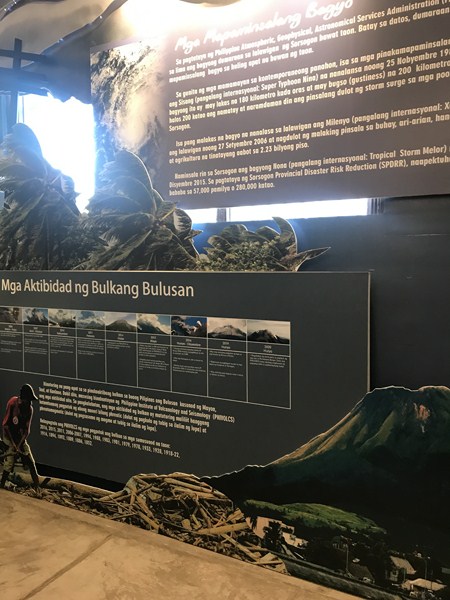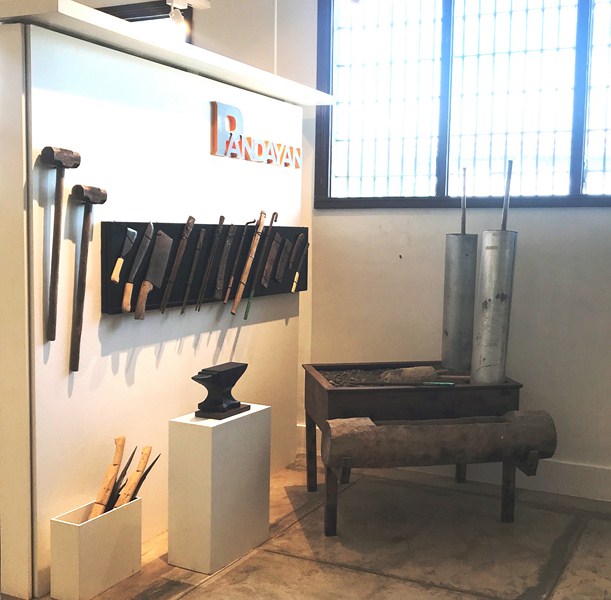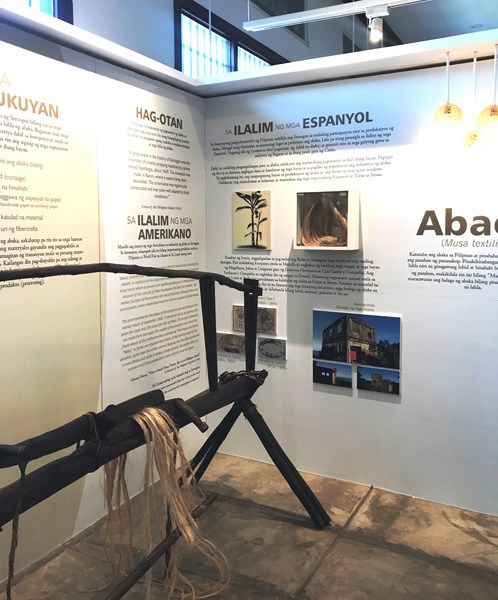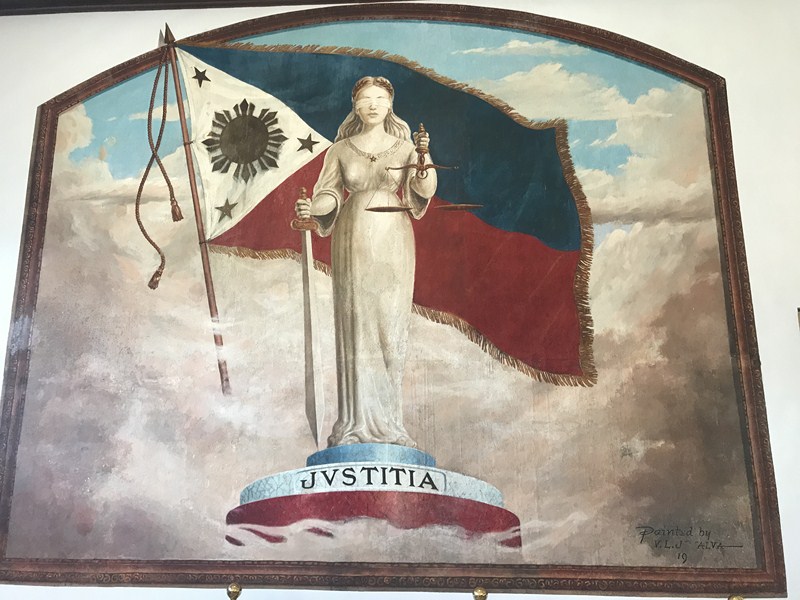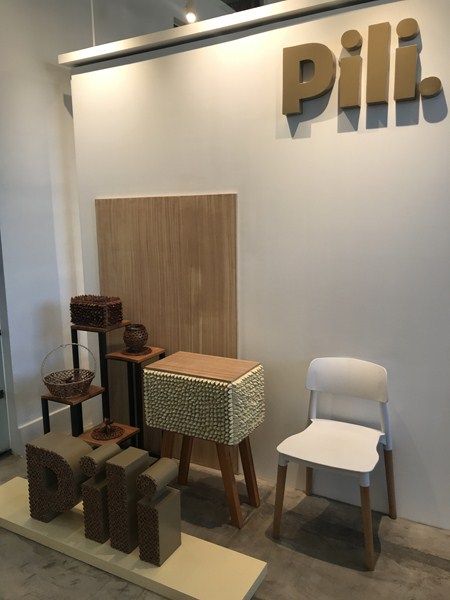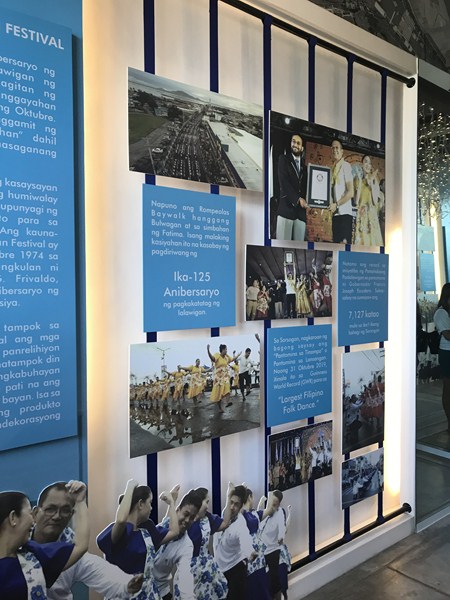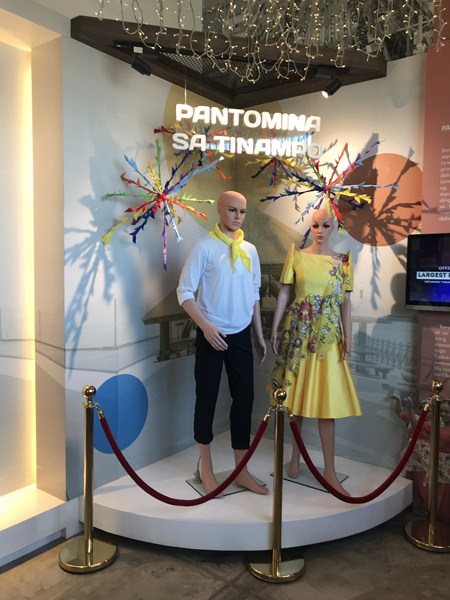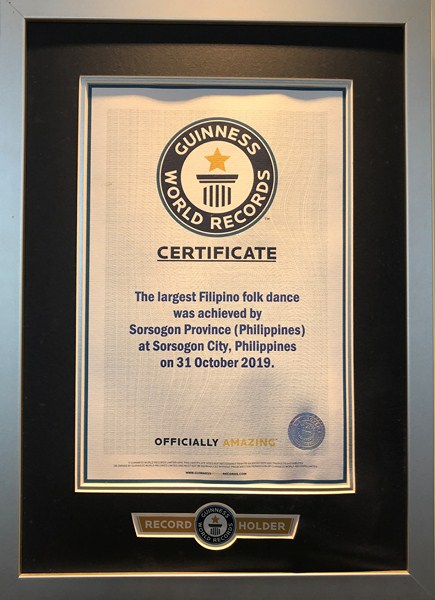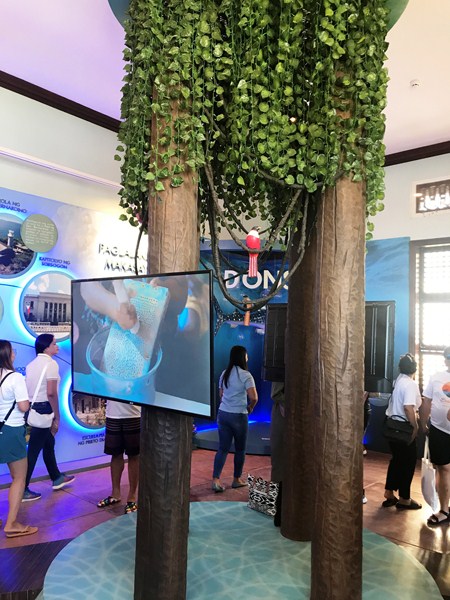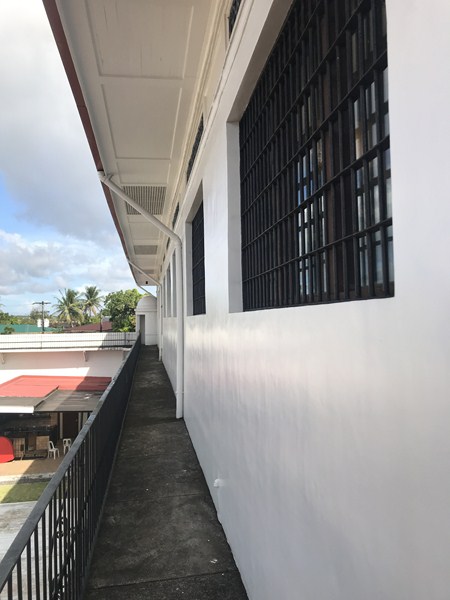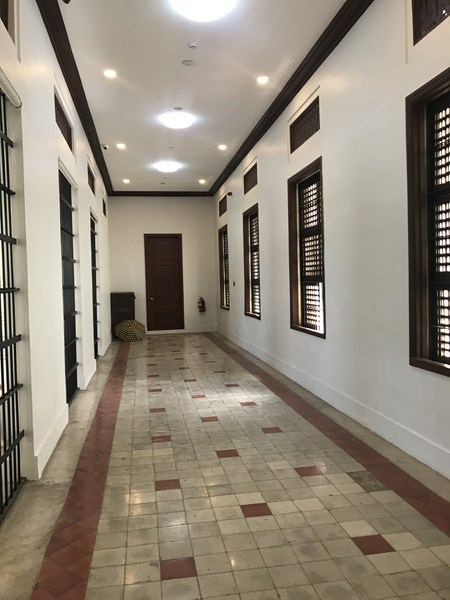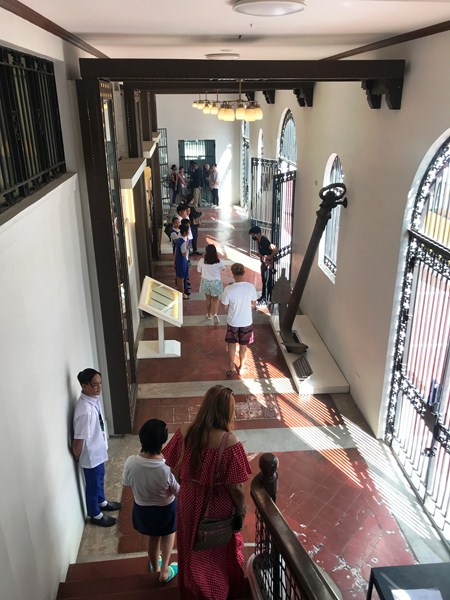Part of Sorsogon Countryside Tour
After breakfast and checking out of Residencia del Hamor in Casiguran, we again boarded our coaster for the 56.4-km. (one-hour, 15-min.) drive to Matnog Port. Along the way, we passed by the town of Juban and made a short stopover as we saw some well-preserved ancestral houses along the highway. The old bahay na bato (“stone houses”) of Juban were once the residences of some of the town’s richest families – the Bendillos, Guevaras, Grajos, Alindogans, Guarins, Lasalas and Gorospes.
One such structure that still exists is Casa Feliz. Built in 1898, the first owner of the house was Don Leoncio Grajo who was gifted this house by his father when he passed the bar exams in the early 1900s. Leoncio was elected the First Representative of Sorsogon in the Philippine Assembly of 1912. One of the most beautiful old houses in Juban, it became Don Leoncio’s district office during his incumbency.
After his death, his son, Leoncio Grajo Jr., inherited the house. However, to pursue his career in Manila, the young Leoncio had to sell the place to his sister Lourdes Grajo Hubilla. As she grew old, Lourdes decided to transfer ownership of the house to Dr. Teresita Lasala-Ruth, a neighbor.
With the help of National Historical Commission of the Philippines, she really spent so much effort to restore this once almost dilapidated ancestral house. The restoration took over a year. It was named after Dr. Teresita’s mother, Felicidad. Jesus N. Lasala is the current owner of Casa Feliz. The house was converted into a bed and breakfast with eight rooms. Casa Feliz has annexes –Ann’s Garden (a function hall) and Café Jeronimo (a bar and restaurant), located a block near the old house.
Casa Feliz is not the only ancestral houses we saw along the highway in Juban. There are 3 more old houses nearby but these ancestral houses are private and do not accept guests.
AUTHOR’S NOTES:
Like most bahay na bato, the foundations of these two-storey, gaily painted houses are made from Spanish-style, solid stone blocks or bricks where the overhanging wooden upper-storey rests on. The exteriors typically have exquisite and tall capiz shell or persiana sliding windows, double eaves supported by diagonal brackets, ventanillas (small shuttered windows below the large windows with wooden balustrades),wooden moldings on the walls and calado (lace-like fretwork or latticework).
Today, the threat of demolition hangs over their heads to make way for the road widening project of the Department of Public Works and Highway’s (DPWH).
AUTHOR’S COMMENTS
These old houses, one of the well known tourist attractions of the province, are rich historical and cultural heritage sites in the idyllic town of Juban that are considered priceless gems that can never be replaced by road widening and progress. In lieu of the road widening, the solution I suggest is a bypass or diversion road be built a few kilometers before the town proper on vast tracts of idle or unproductive land that can be acquired, at a minimal cost, by the provincial government.
These ancestral houses should also registered as Presumed Important Cultural Properties under the Philippine Registry of Cultural Property. For the time being, the provincial government can install their own plaques recognizing them as a Provincial Cultural Treasure. These houses have survived World War II and natural calamities such as typhoons, volcanic eruptions and earthquakes. Let’s hope they survive the wrecking ball.
Casa Feliz: Pan-Philippine Highway cor. L. Grajo St., AH26, South Poblacion, Juban, 4703 Sorsogon. Mobile number: (0919) 991-2297. Website: www.casafeliz.org.
How to Get There: Juban is located 545.3 kms. (a 13–hr. ) drive from Manila and 30.6 kms. (a 40-min.) drive from Sorsogon City, all via the Pan-Philippine Highway/AH26.
Sorsogon Provincial Tourism Culture and Arts Office: Ground Floor, Capitol Building, 4700 Sorsogon City. Mobile number: (0968) 624-6279. E-mail: tourism@sorsogon.gov.ph. Facebook: www.facebook.com/sorsogonprovincialtourismoffice.
Juban Municipal Tourism, Cuture and Arts Office: E-mail: jubanturismo@gmail.com. www.jubansorsogon.com.ph. Facebook: www.facebook.com/JubanTurismo
Ur Place Travel & Tours: OLV Pangpang, Sorsogon City, Sorsogon. Mobile number (Viber): (0927) 950-3927 (Ms. Annie Gueb). Facebook: www.facebook.com/urplacetravel

